|
Collecting in Angamos, Río Yavari / Río Galvez 2010
by Tom Christoffersen
In October 2010, I visited the Peruvian Amazon again, exploring
dwarf cichlid
habitats and collecting fish ( among other things ).
As last year, Mark Breeze (Microman) was accompanying me.
From the jungle capital Iquitos, we carried out several expeditions to
examine different biotopes, fish and their habitats.
One of these expeditions brought us to the town of Angamos, situated by the Río Yavari,
which in
this area forms the border between Peru and Brazil.
We heard about some possible "new" Apistogramma in the
Angamos area before the 2009 trip,
but our investigations then indicated that it would be very difficult to get there.
The local flights that a couple of years ago could have brought us there, where no longer operative, and other means of transport
or routes would take too long time.
We didn't give up, and started the 2010-stay with further investigations, to find a way
to get there.
In Iquitos, Peru
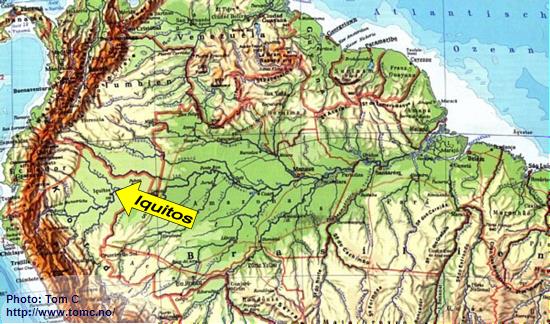
In
October 2010,
I was in Iquitos,
Peru, again.
This map shows where it's located,
in the
Peruvian Amazon:
The actual area for this expedition: We wanted to go from Iquitos, to
Angamos

One option was to hire a big boat, follow the Río Amazonas downstream to Leticia/Colombia and Tabatinga/Brazil, and from
there travel all the way up the Río Yavari, to Angamos (orange spots).
Another option was to go by a big boat, follow the Río Amazonas upstream to Genaro Herrera,
and from there try to follow the "road" to Angamos (green spots).
The last option was to go by a local flight, directly from Iquitos to Angamo
s (blue spots):

We did as much research as we could about all the three options.
There is a "rapido" (fast boat) going from Iquitos to Leticia, and also a flight (which we tried in 2008).
From there and up the Río Yavari travel could be dangerous, very slow and take many days. Since the river now was very low, it was difficult for big boats, and the risk was that we might get stuck for a while.....
Everybody we asked, told us that the road from Genaro Herrera to Angamos now is abandoned,
which means that large parts of it is useless for a car or motorcycle,
we could risk to have
to walk large parts of the distance (Would take days or weeks...). This option seemed to be
impossible.
Of great interest is, that going along this road, we would pass the original habitat of the holotype
of Apistogramma nijsseni. It would of course have been very interesting to see it, but.......
The last option was the flight. Some said it never started up again after having been shut down last year.
Others thought the flight was operating now and then, to bring merchandise into Angamos
and the oil industry in the area.
A miracle:
We found out that we actually could take a flight from a small military airport inside the town of Iquitos!
We booked seats for us and also for Sergio, a very helpful and skilled local fisherman.
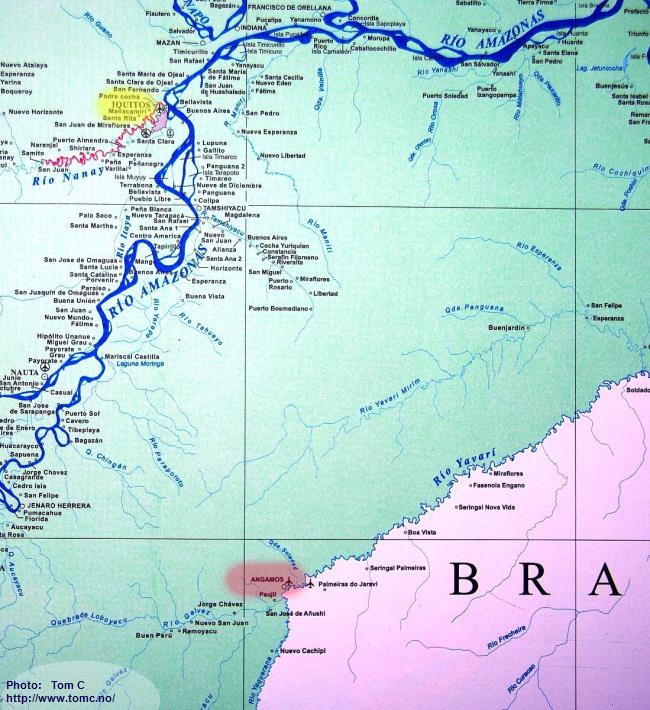
A closer look at the Angamos area:
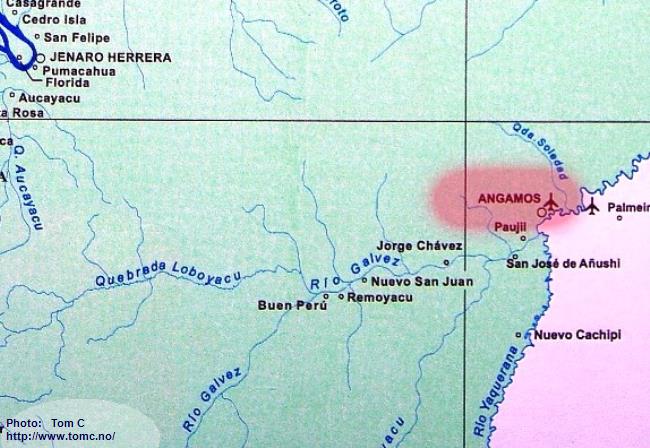
To Angamos
On our way to the local airport at 06:00 a.m., with luggage and boxes for fish.
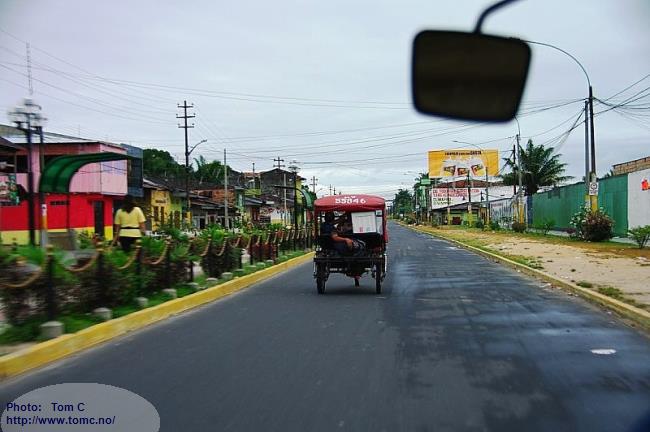
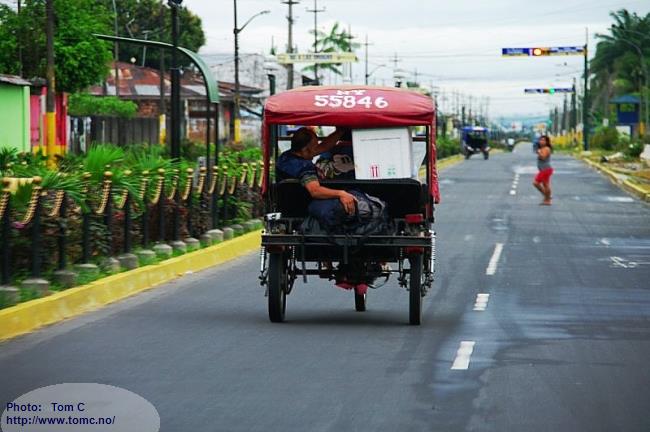
There were two planes there. We assumed that the largest one was appropriate for our trip:
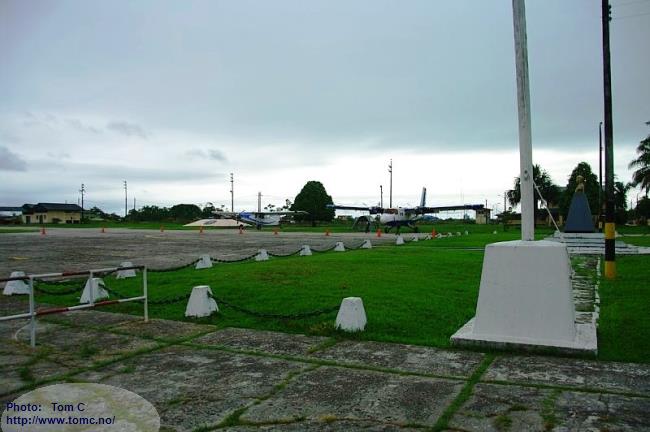
The flight was said to leave at 08:00 a.m., but that time passed, and several hours later we were still waiting.
Mark started to look a little bit distrustful, but Sergio is used to "Peruvian time":
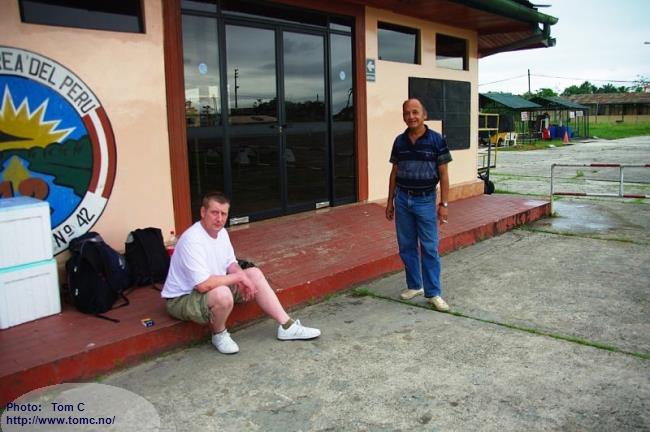
When they, at last, started to prepare the plane for the flight, we of course got the small plane :-)
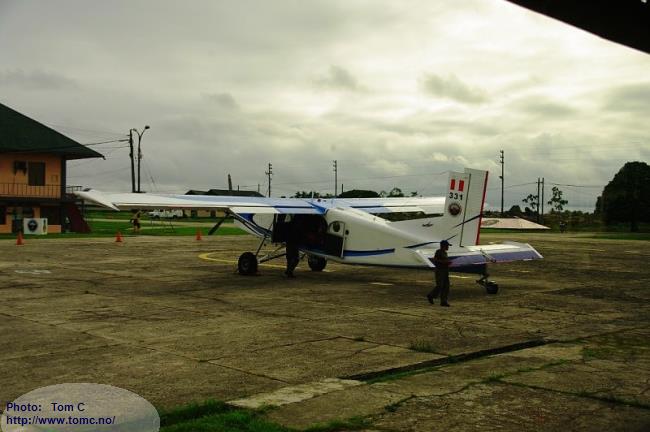
Not much space inside:
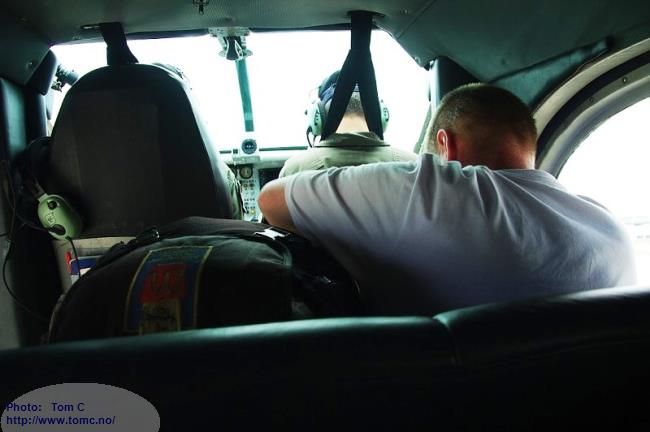
But we managed to get a few pictures from above:
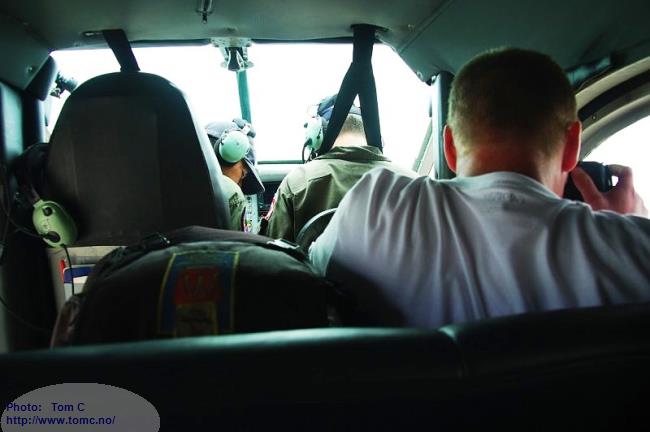
Iquitos is said to be the world's largest city without road access
(One has to travel by plane or by boat on the rivers,
to get there).
Here is the city, with the Río Amazonas in the background, and the Río Itaya coming down from the right:
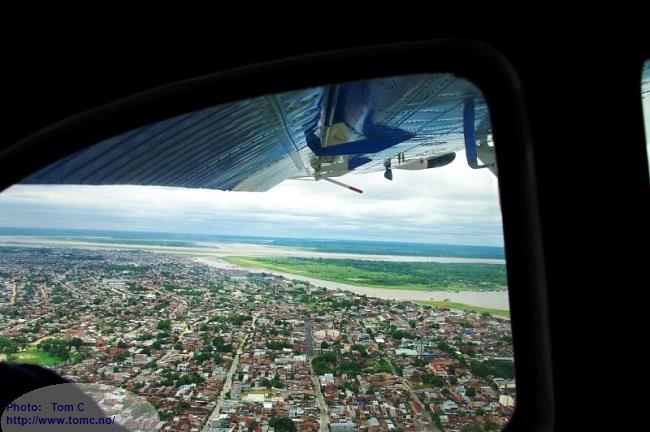
Jungle:
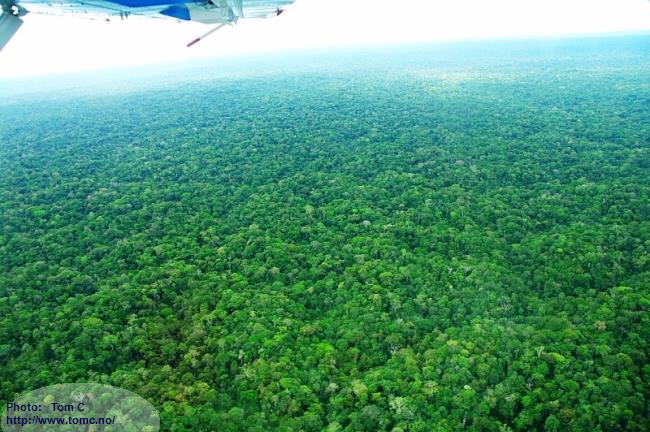
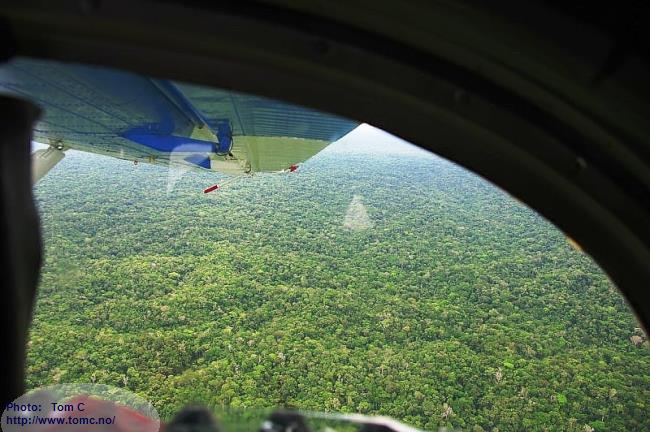
One hour later: The Río Yavari:
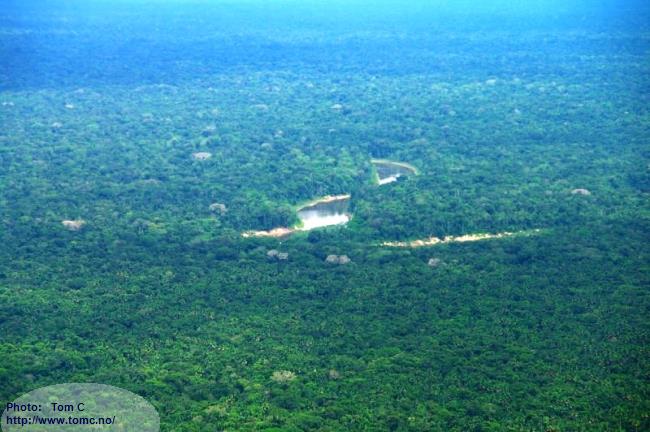
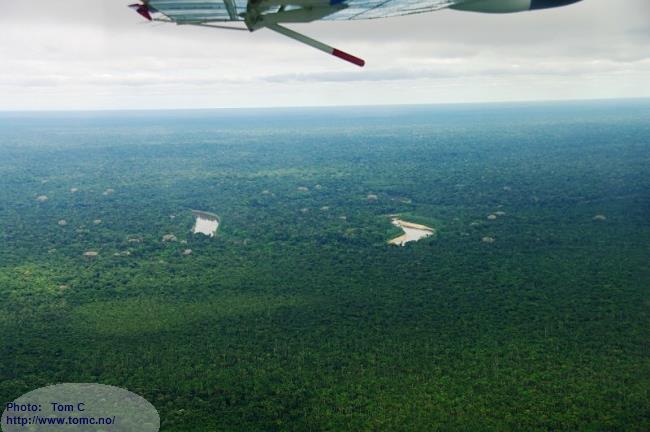
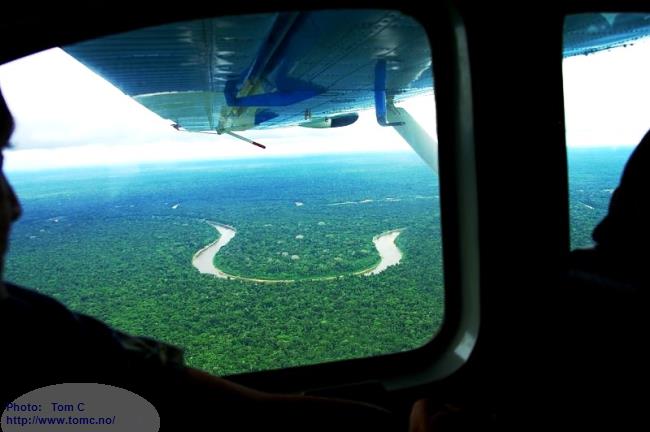
The small Brazilian town Fraipero:
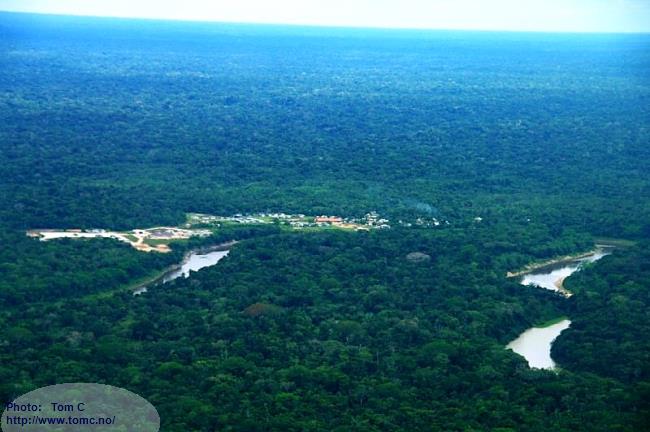
The Río Yavari:
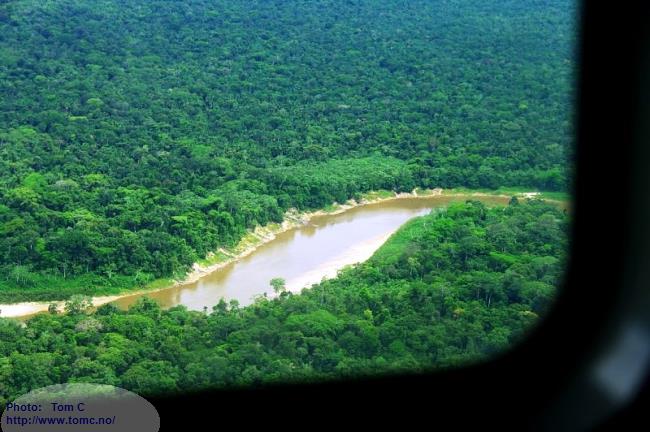
and Angamos:
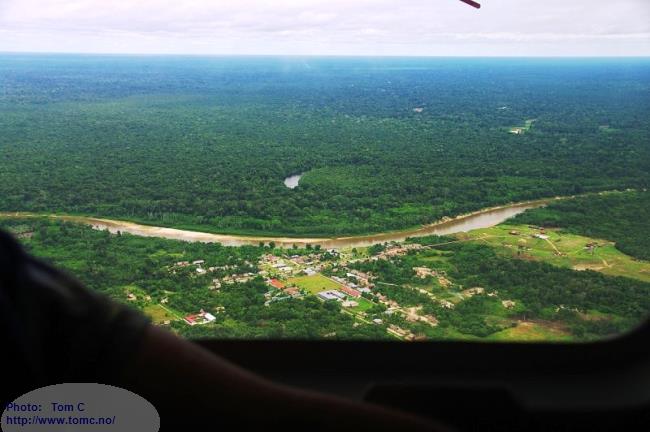
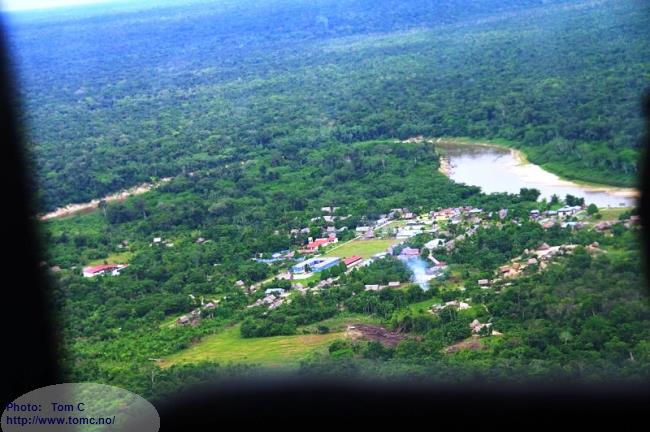
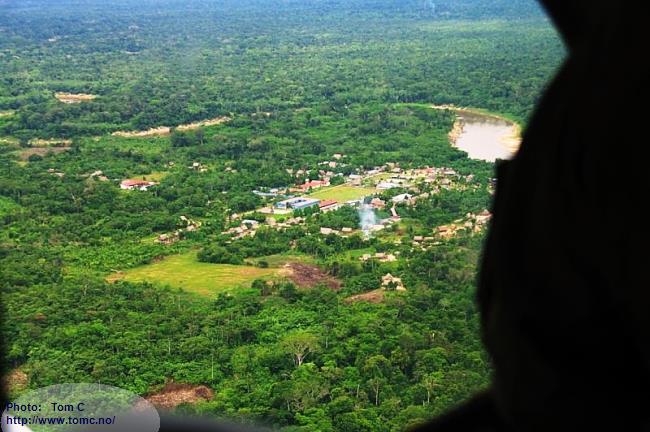
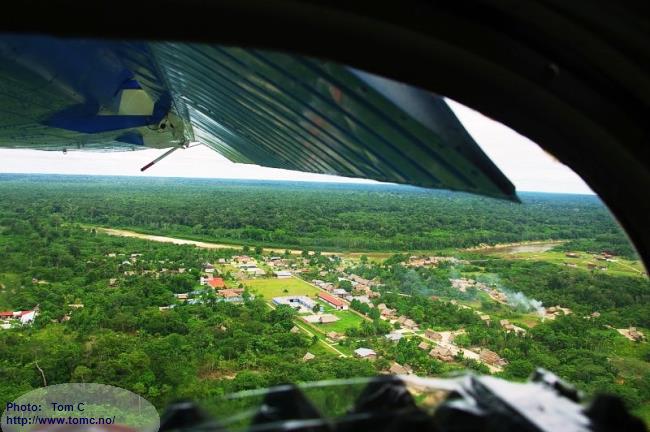
Going down:
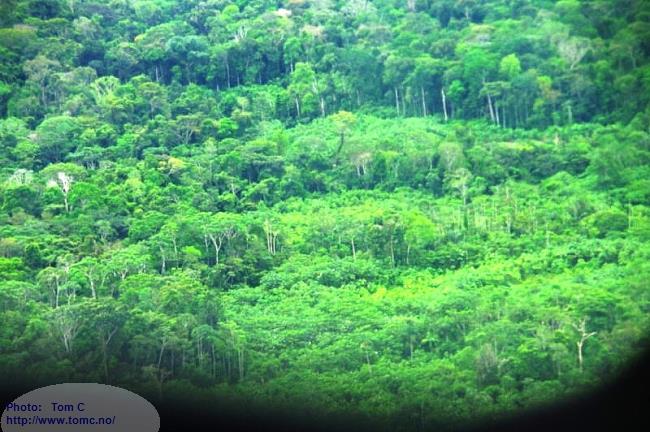
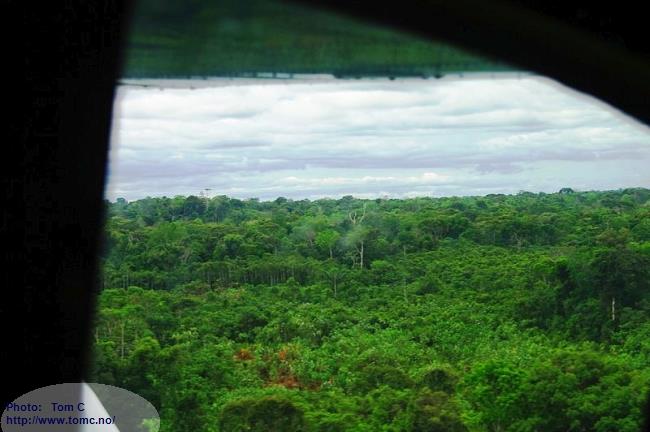
Down!
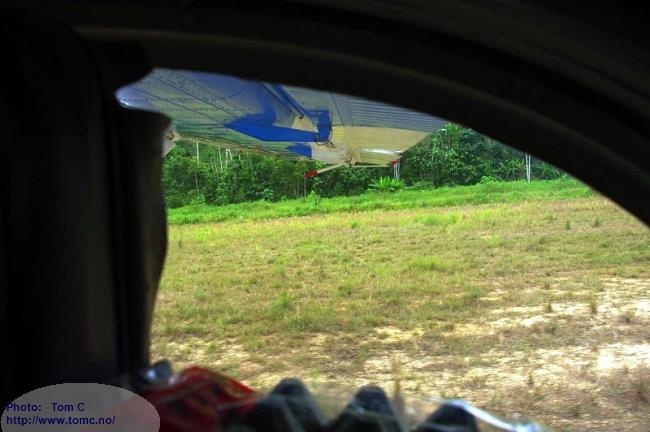
The entire village seemed to be there, to have a look:
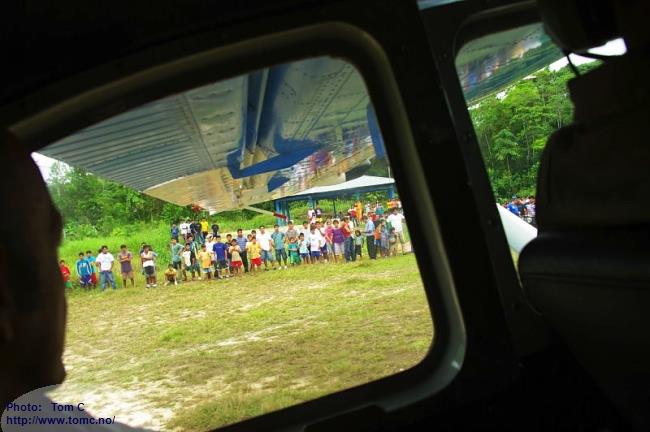
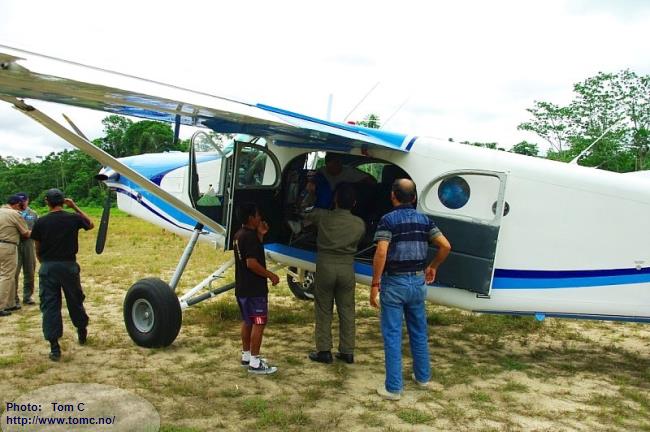
The airfield:
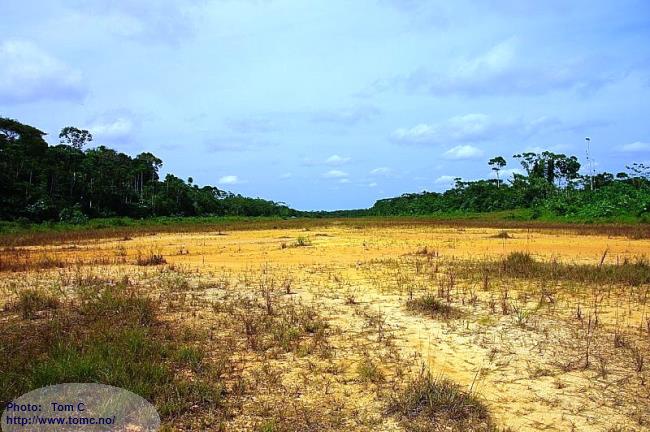
In Angamos
After a long walk from the "airport", we were in Angamos and could have a look at the Río Yavari:
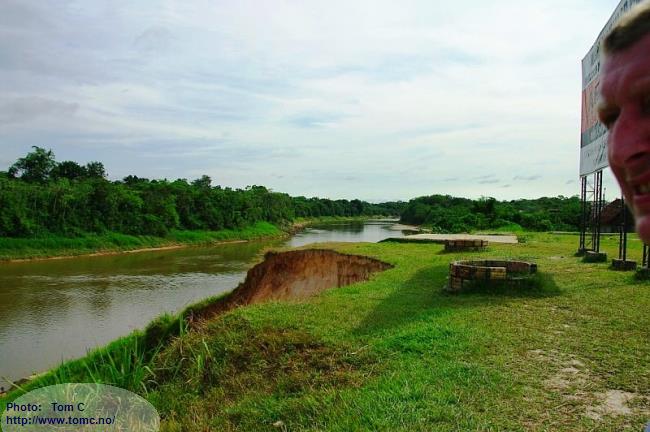
The Río Yavari is now 10 - 12 meters lower than normal. The locals have problems with huge black caimans
leaving the
now quite dry areas further up where they usually live, and coming down the river :
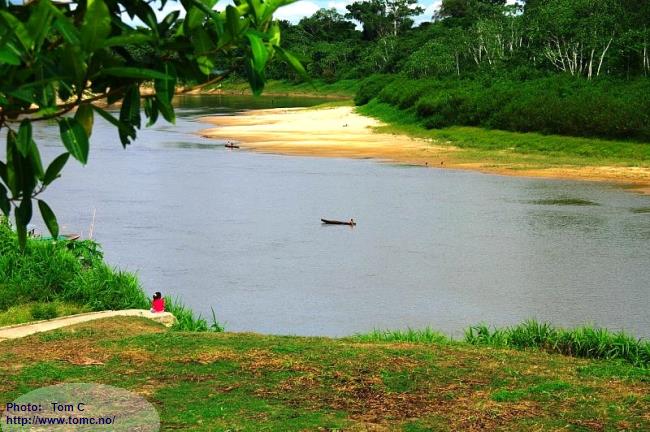
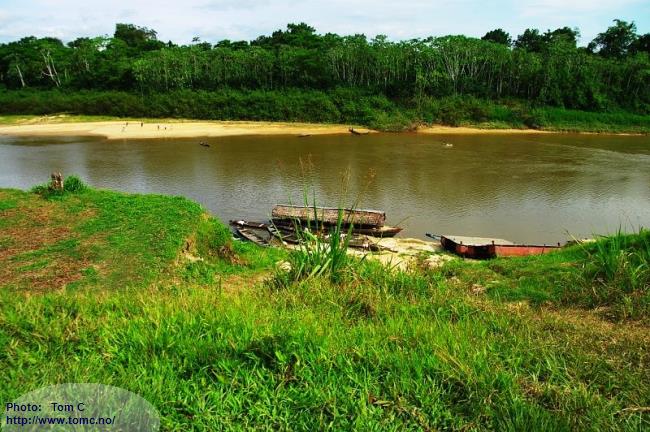
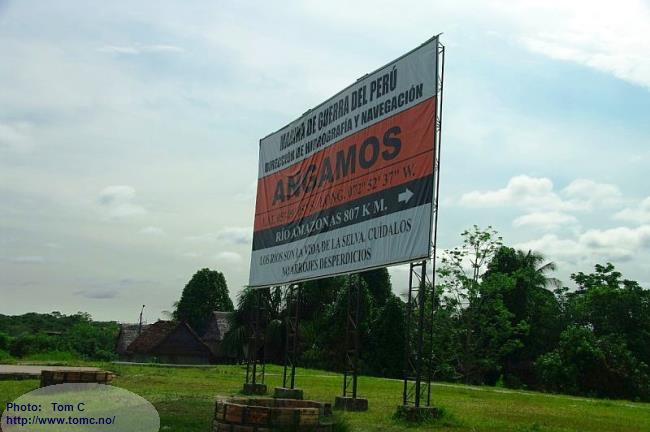
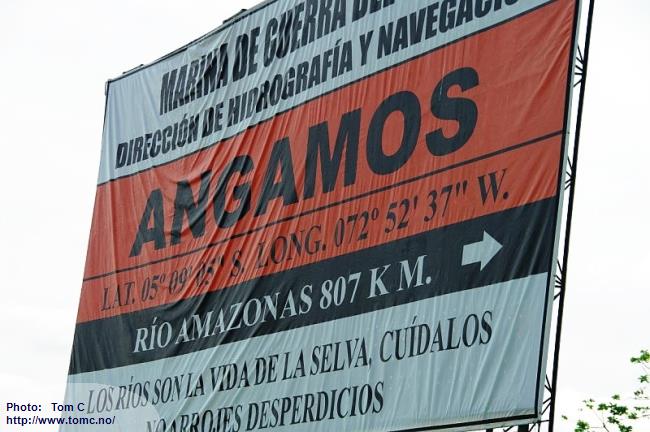
Los ríos son la vida de la selva. Cuídalos. No arrojes desperdicios
=
The rivers are the life of the jungle. Let's take care of them. Do not throw rubbish.
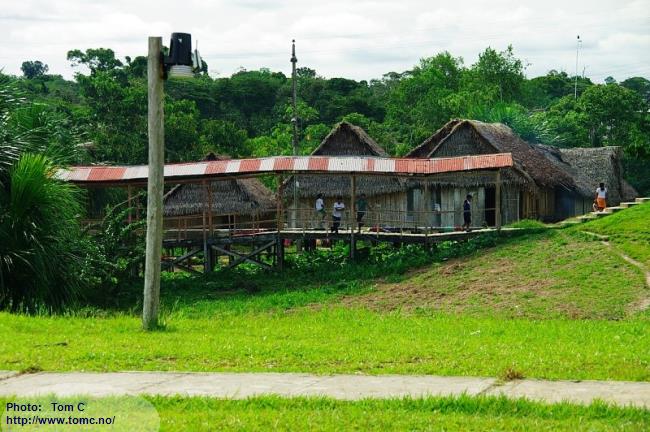
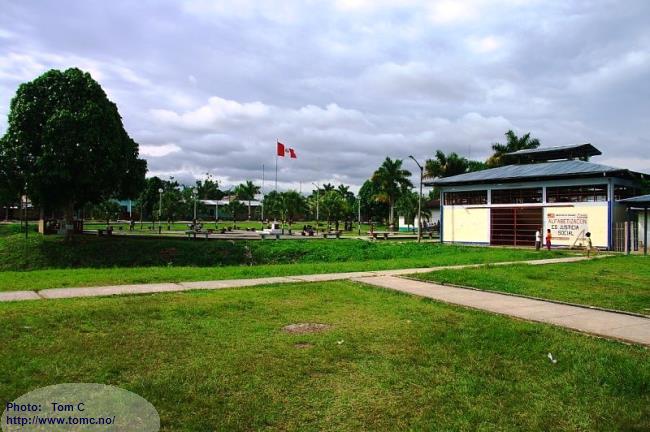
This boat crossed the river:
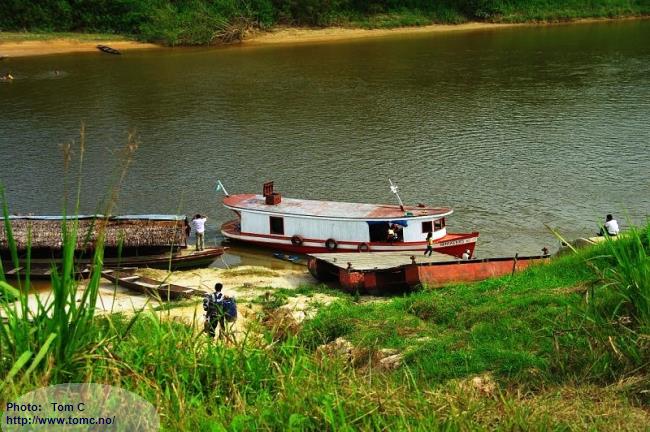
No customs made it difficult to bring goods across the river:
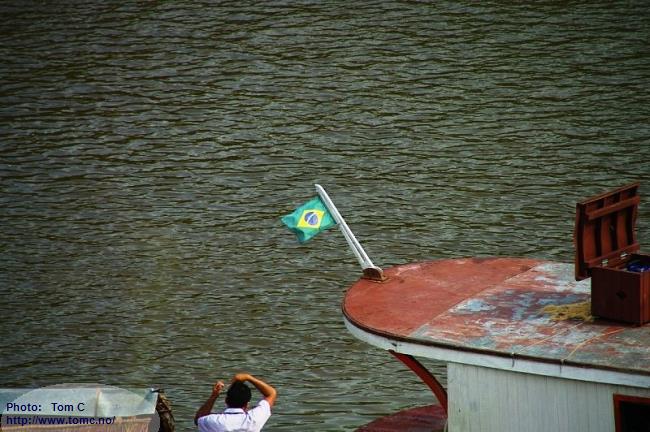
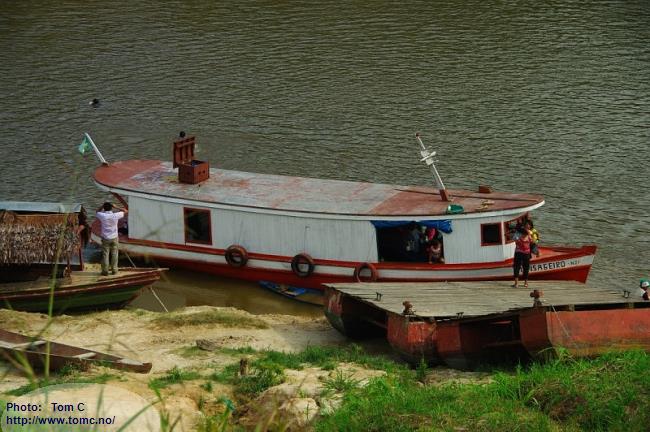
As usual, the vultures monitored everything:
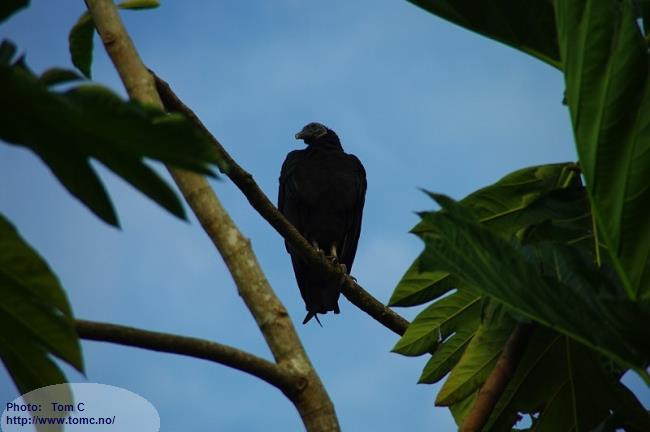
Exciting fruits:
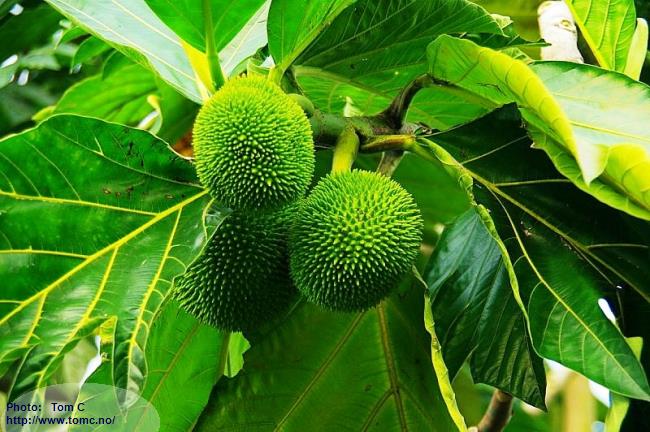
We booked rooms in the town's "finest" hotel, with a private bathroom (!)
(Our fisherman from Iquitos posing outside my
front door):
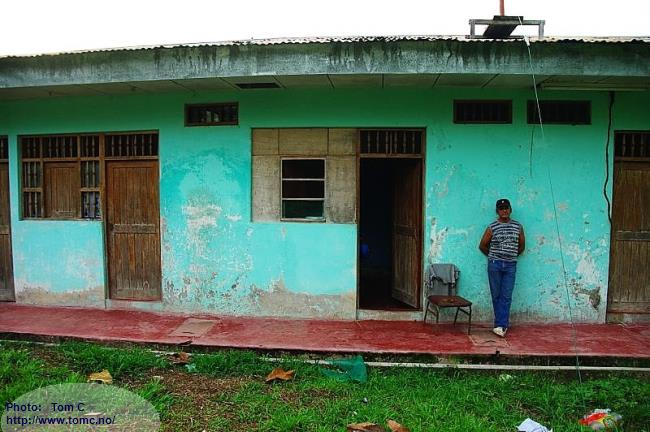
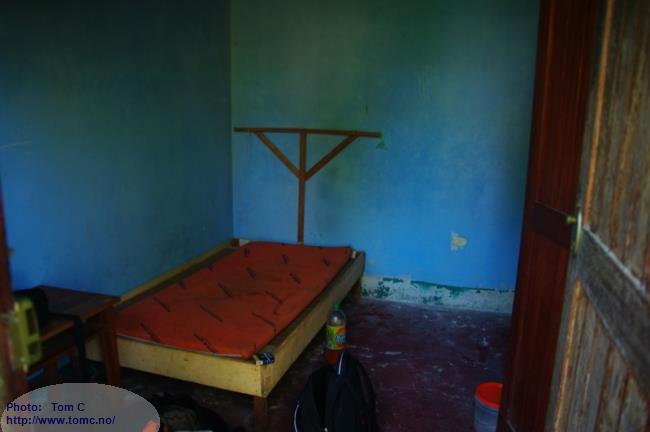
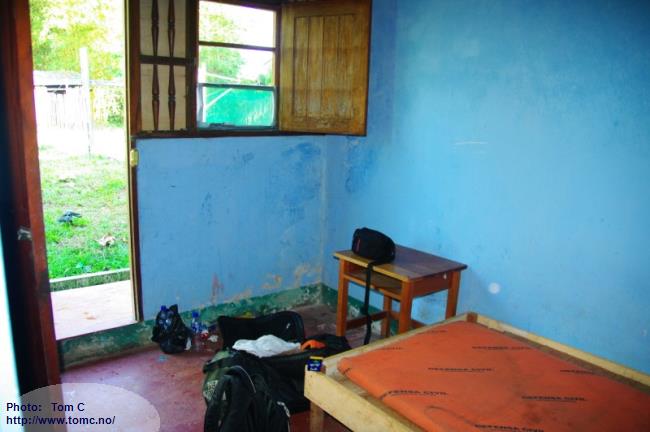
The wardrobe:
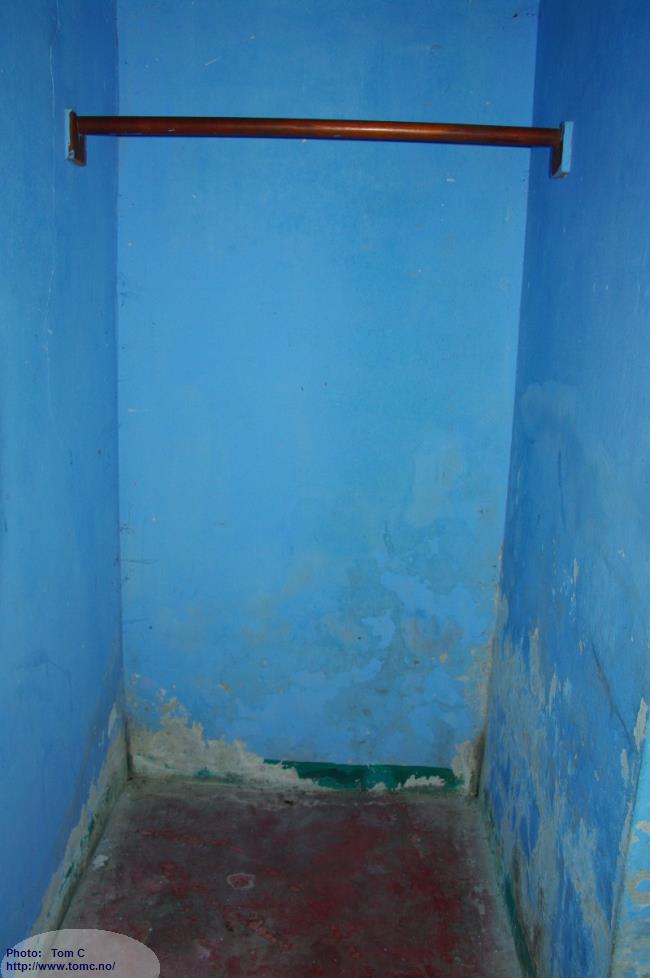
The bathroom (after the owner had prepared the rooms for us):
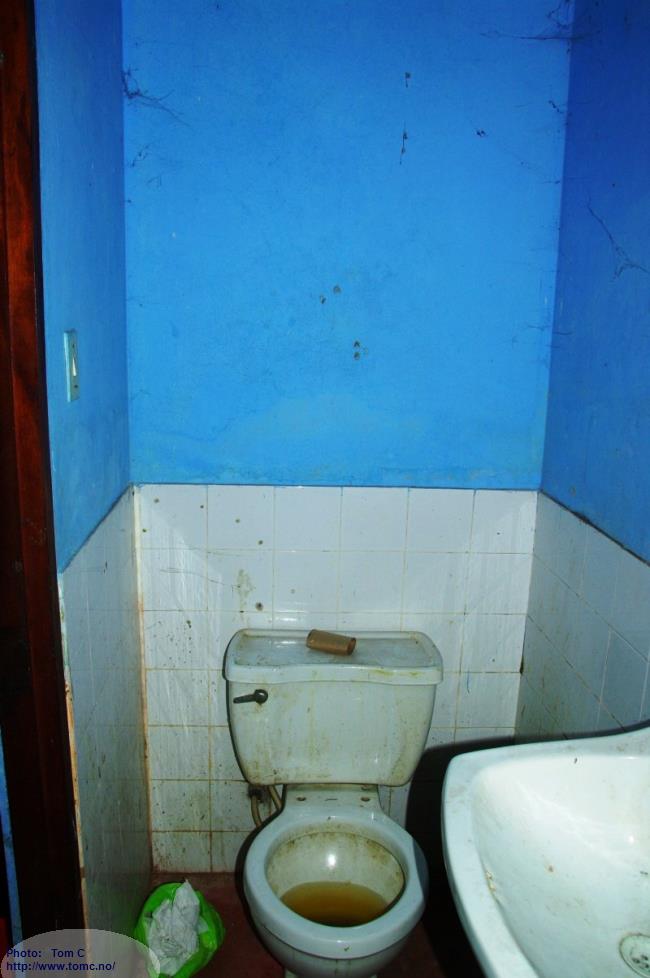

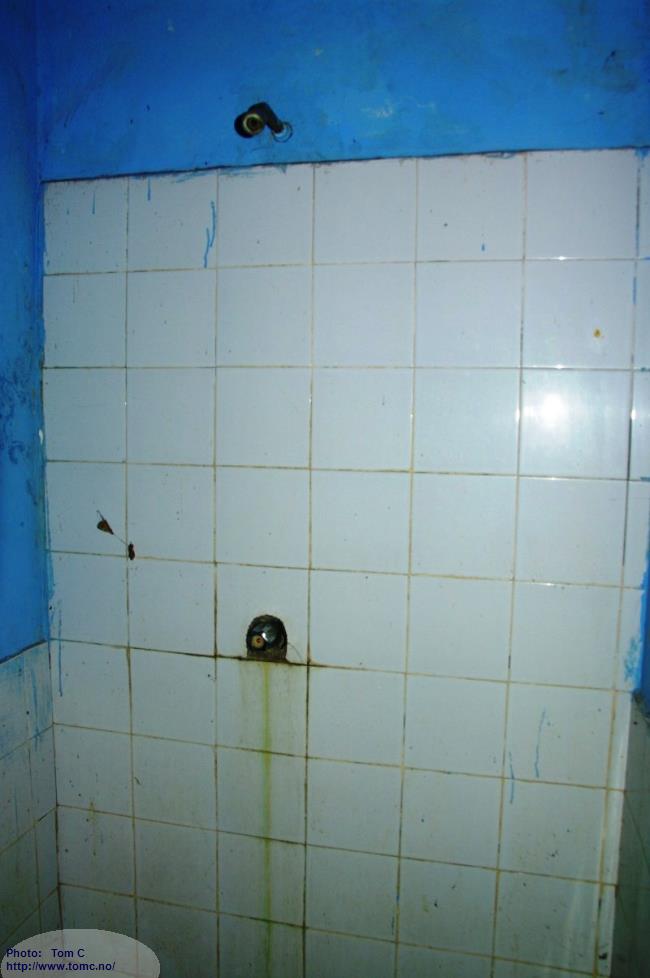
Of course there was no water in the toilet, not in the sink, nor in the shower.....
Collecting
The next day, we went out in the jungle.
First we had to walk all the way to the airfield, and follow it, in an extreme high temperature:
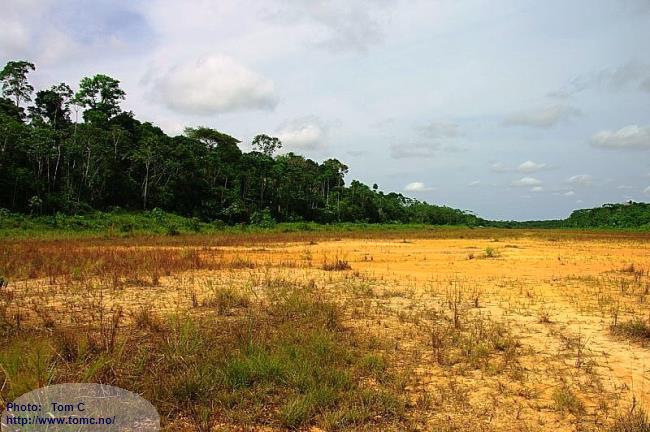
A local couple was kind enough to guide us:
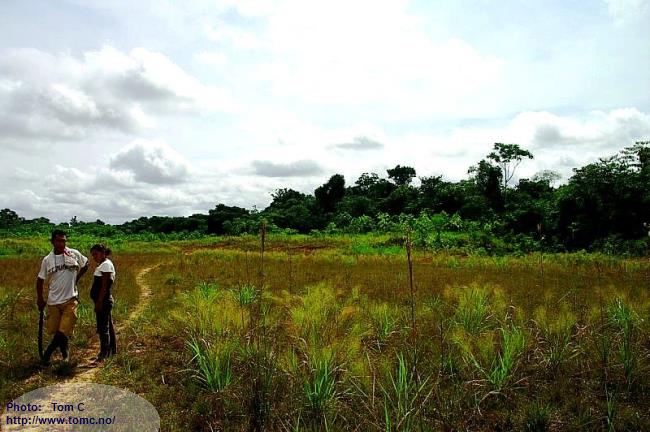
The jungle here is flat and open, and quite easy to walk in:
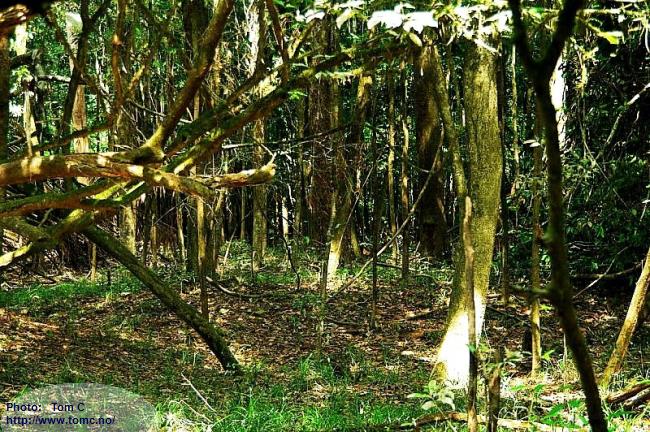
Well, not everywhere:
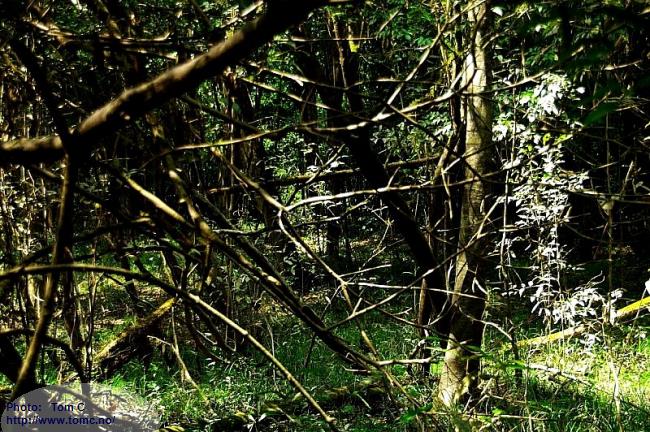
After a while:
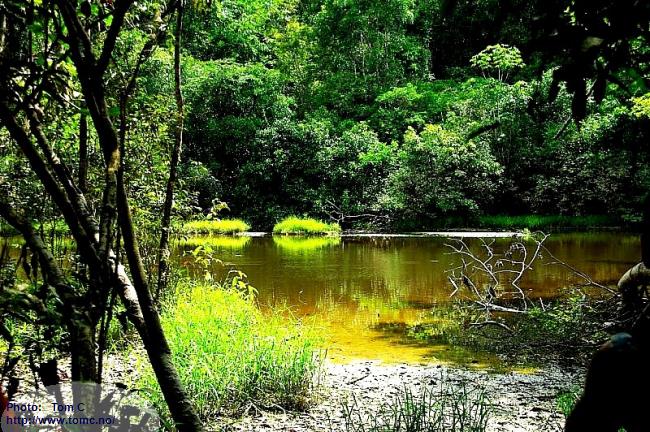
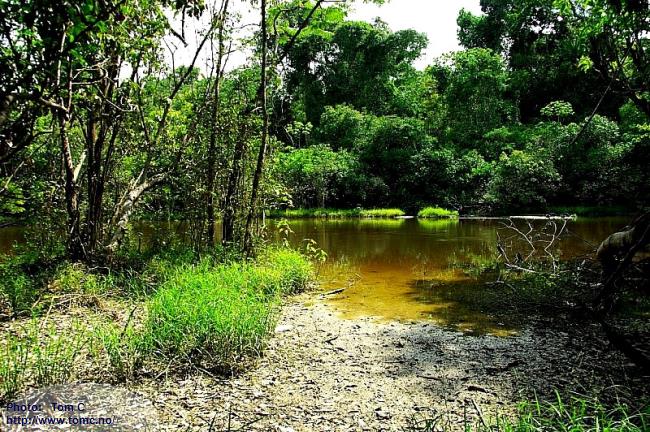
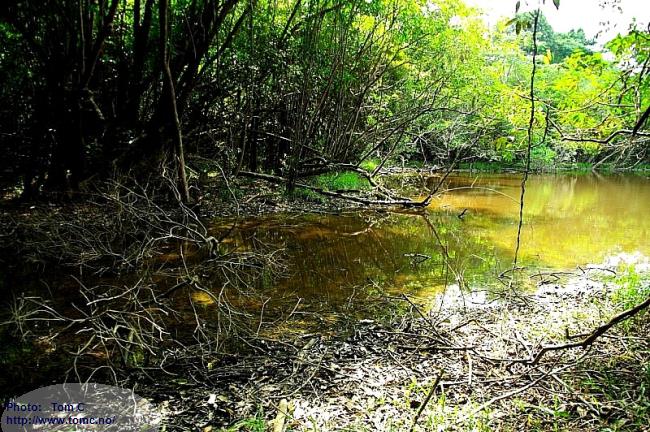
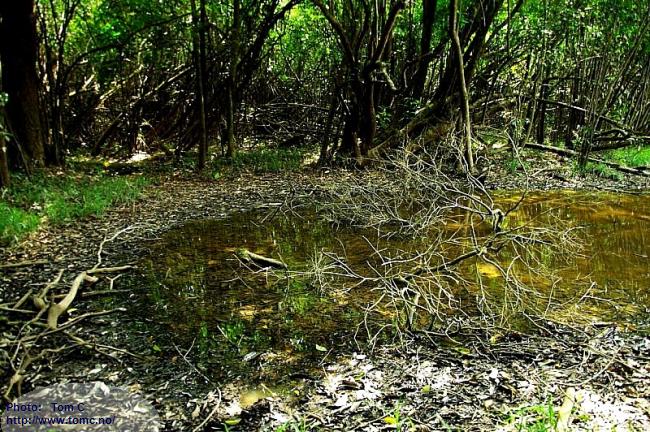
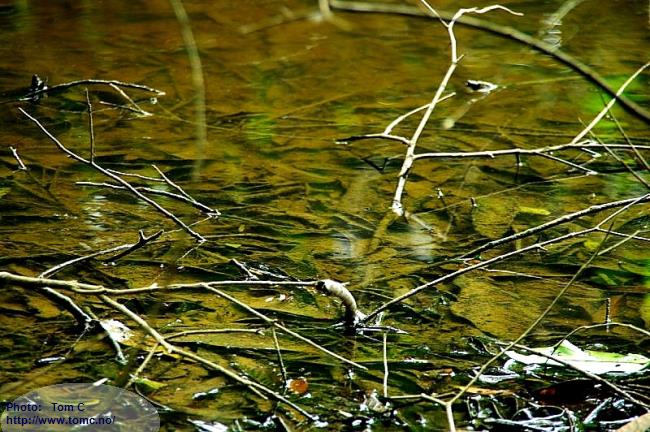
We tried the nets:
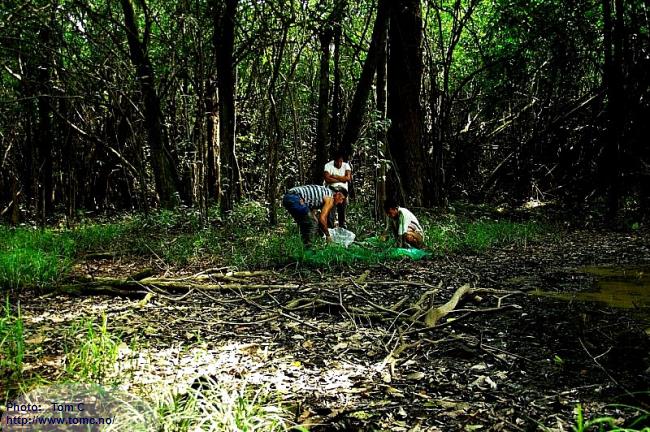
We got some Pyrrhulinas:
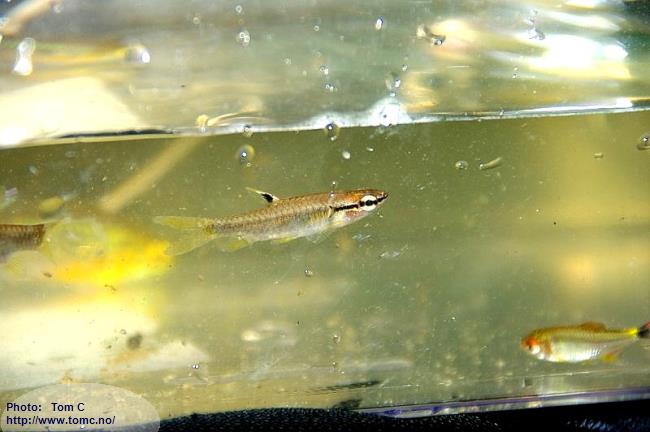
Our fisherman was surprised that these, from above, showed very light blue eyes,
while the same species collected near
Iquitos doesn't show this feature:
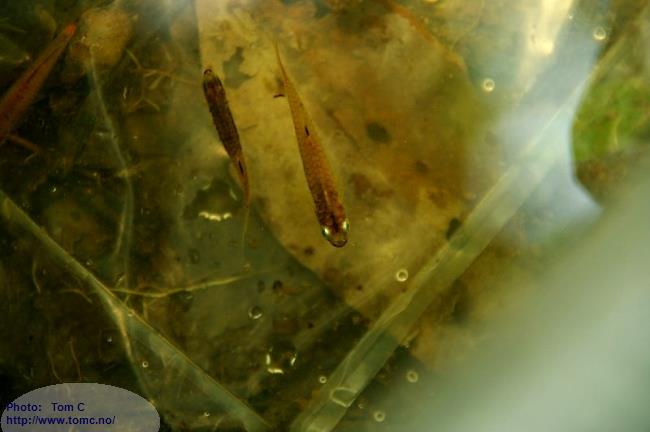
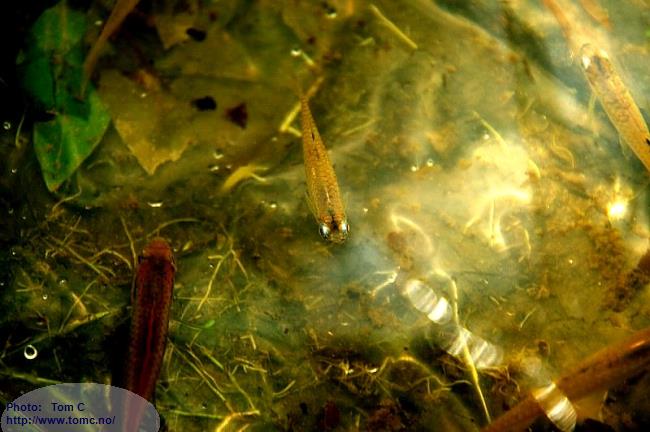
Some Characins:
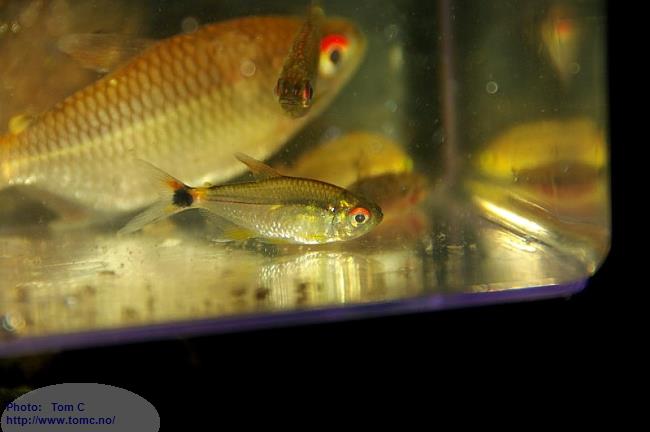
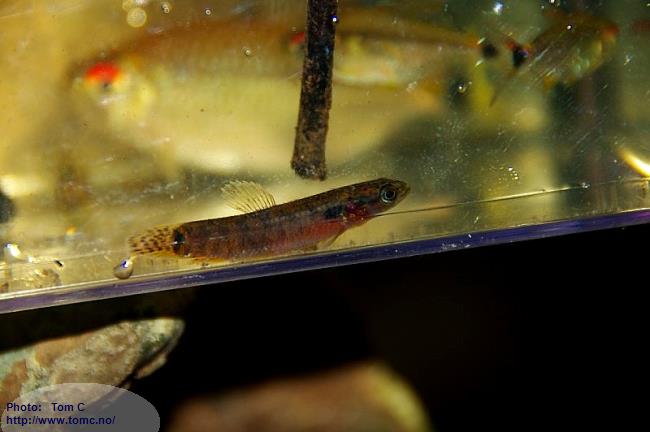
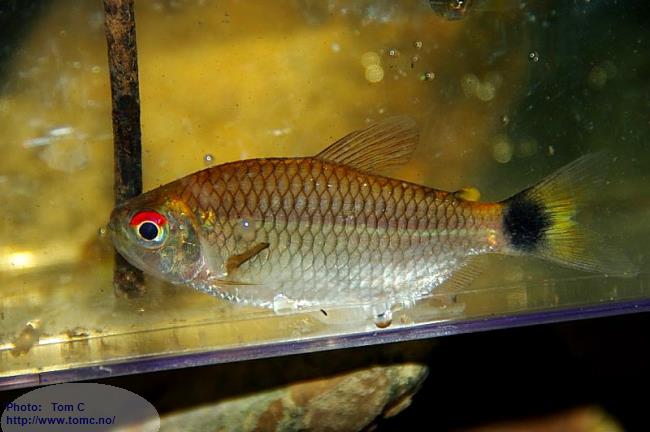
Apistogramma agassizii, several color morphs:
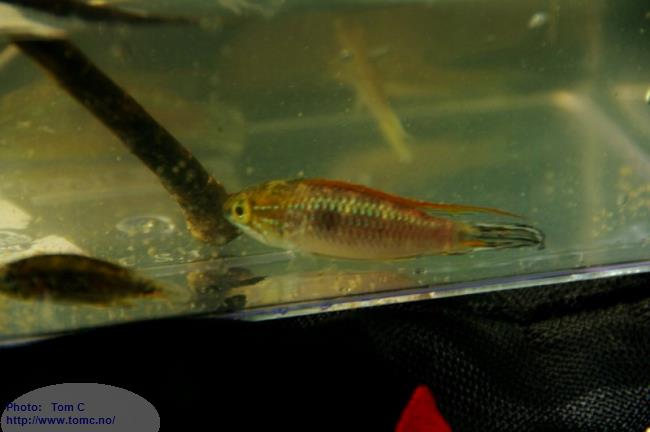
Yellow chested :
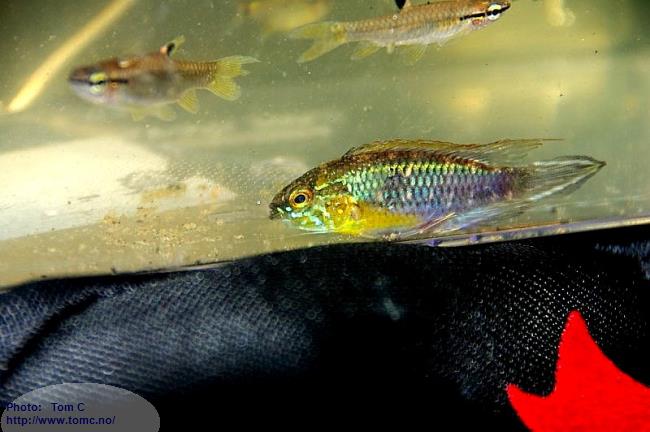
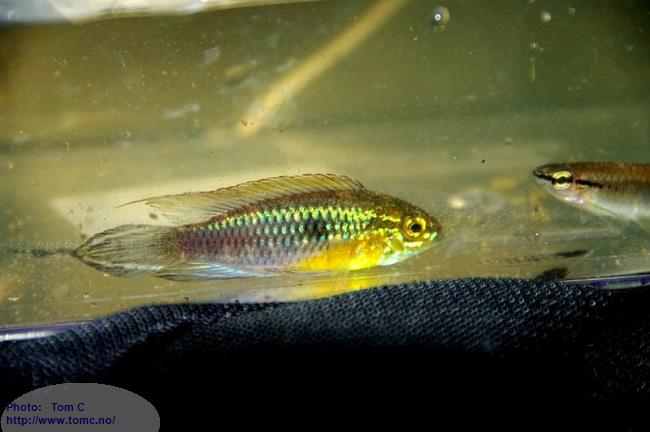
Overall bluish:
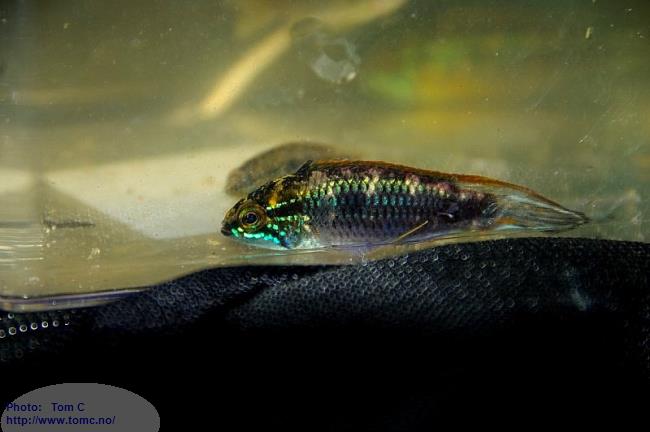
Bluish with red/purple fins:
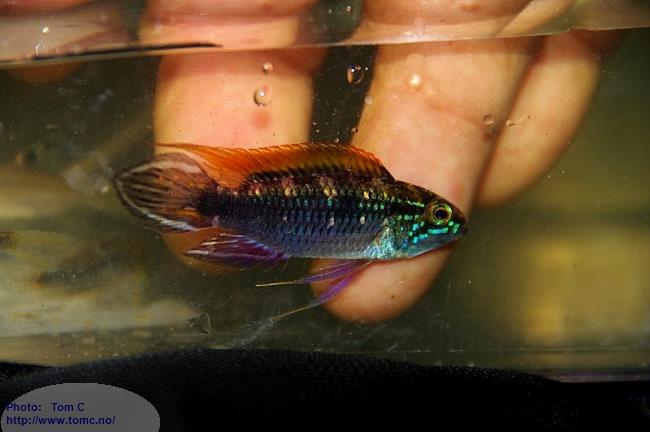
The water:
pH: 5.16
Conductivity: 38 microSiemens/cm Temp: 27.2 °C
More pictures from this nice habitat:
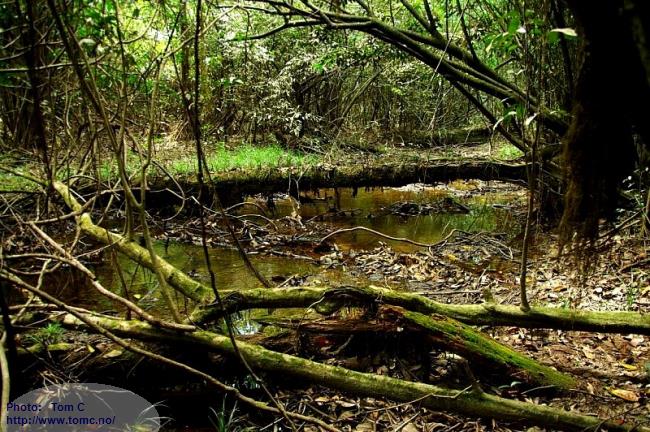
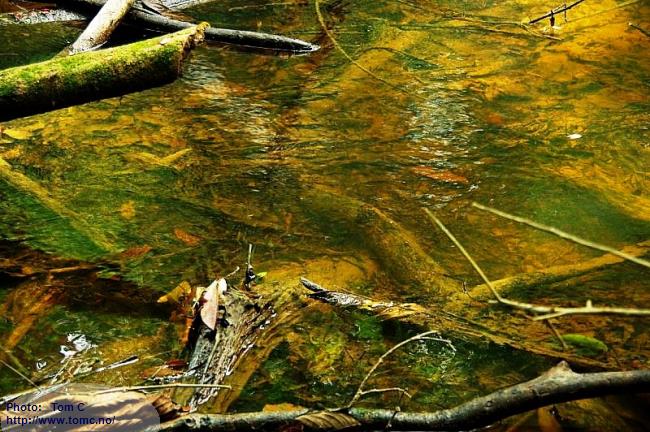
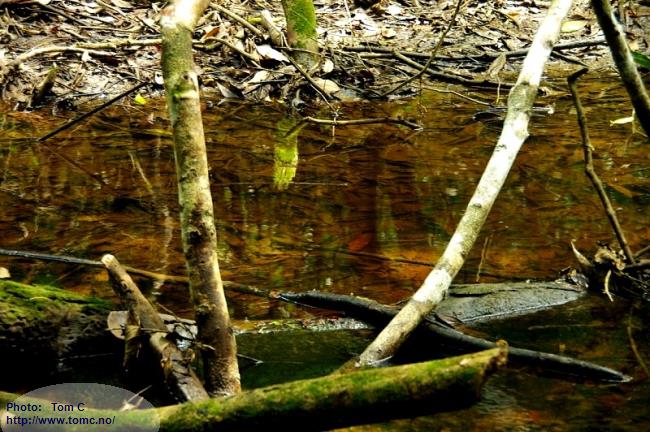
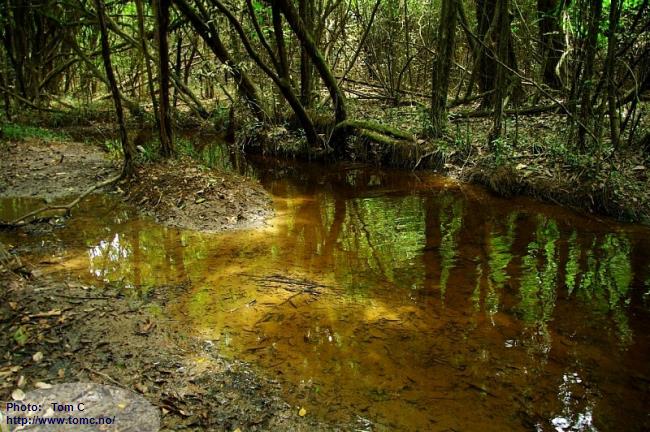
I think she was wondering why the gringos wanted fish much too small to be eaten:
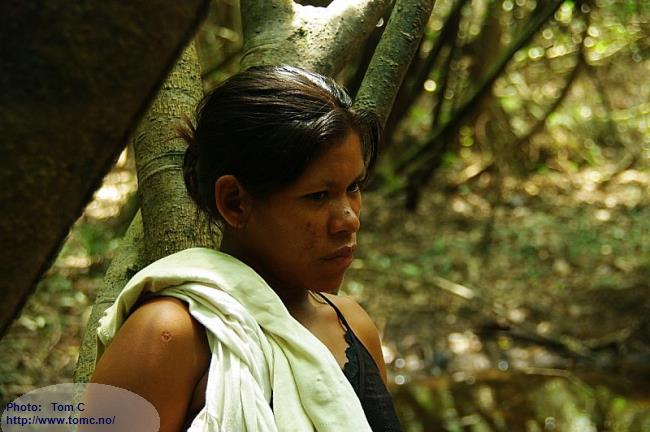
After several expeditions, "our" fisherman has become a skilled fish photographer:
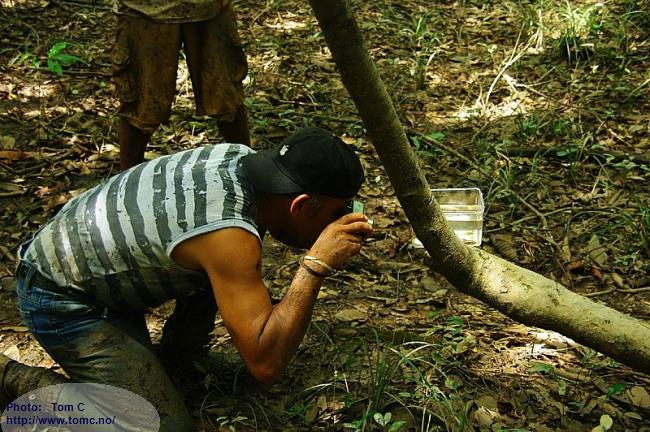
On the way back, we collected in every small pond and water we could find
(most quebradas were totally dried out) :
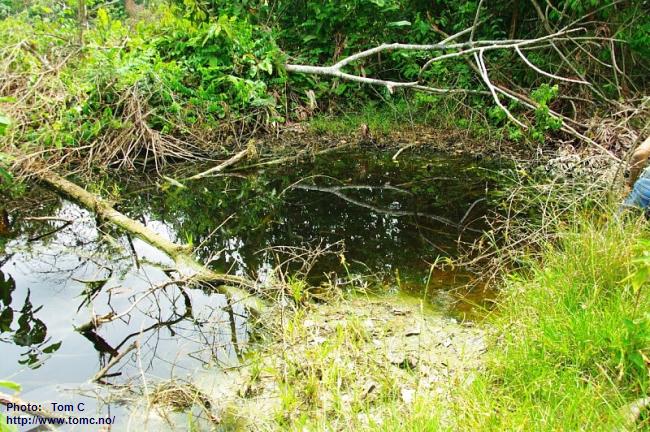
We didn't find any more Apistogramma:
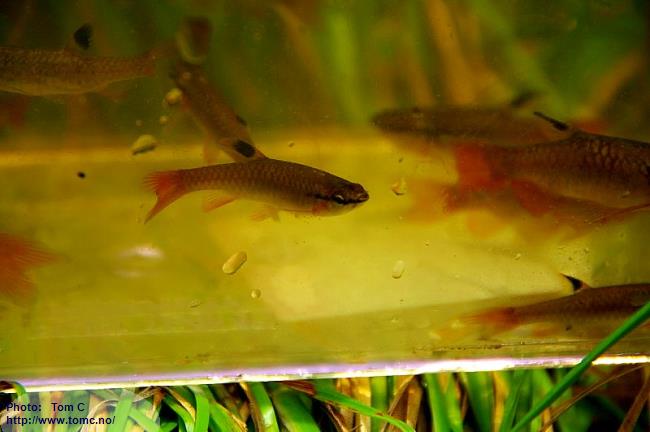
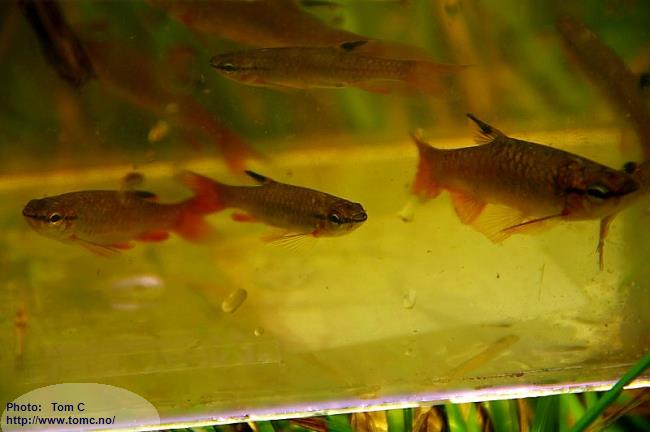
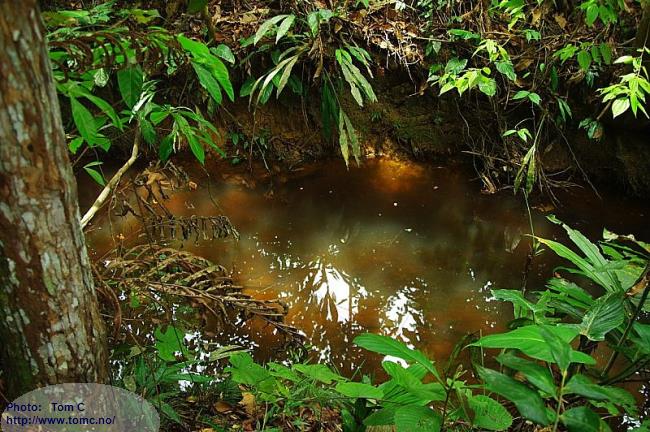
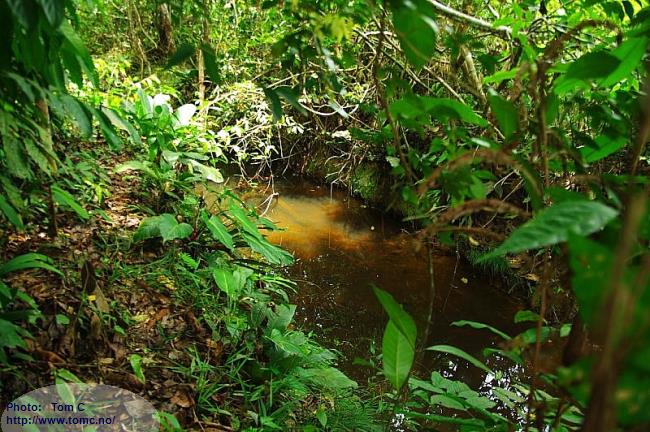
Some nice Characins:
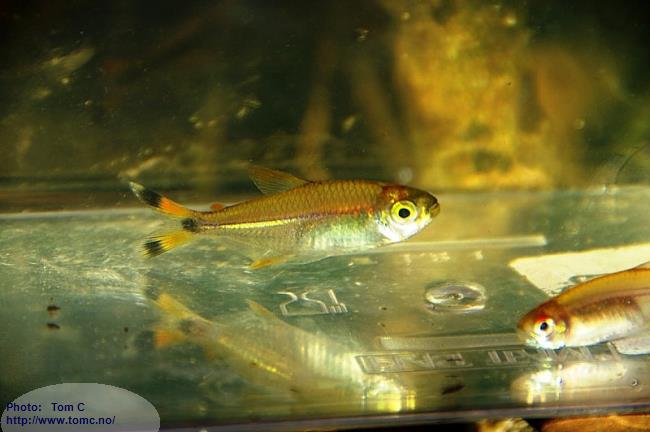
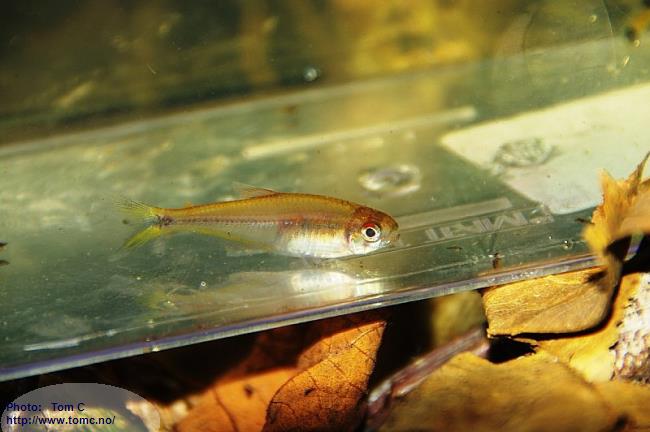
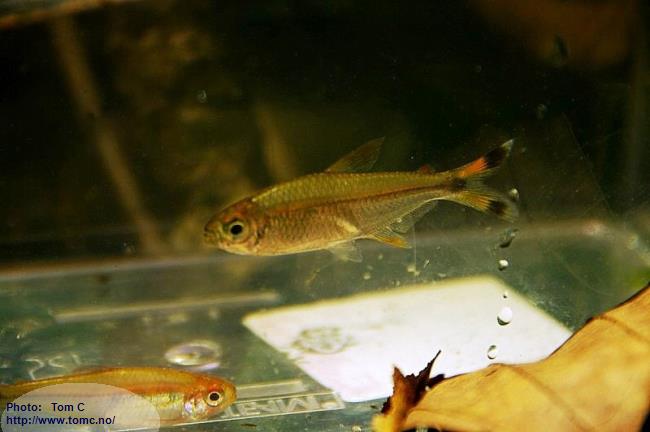
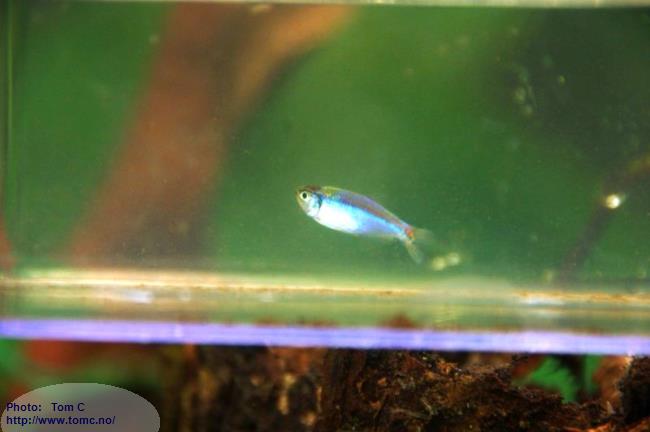
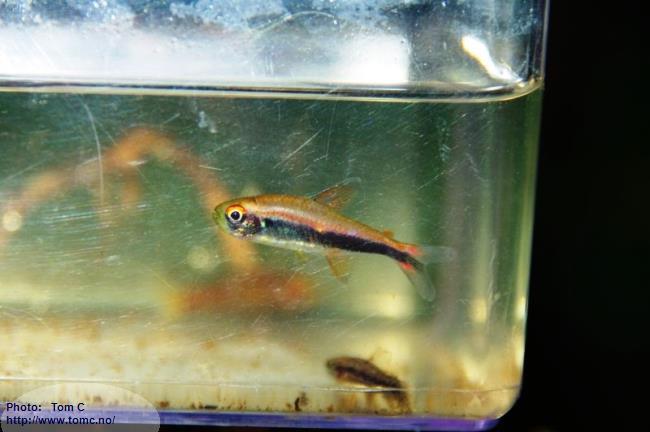
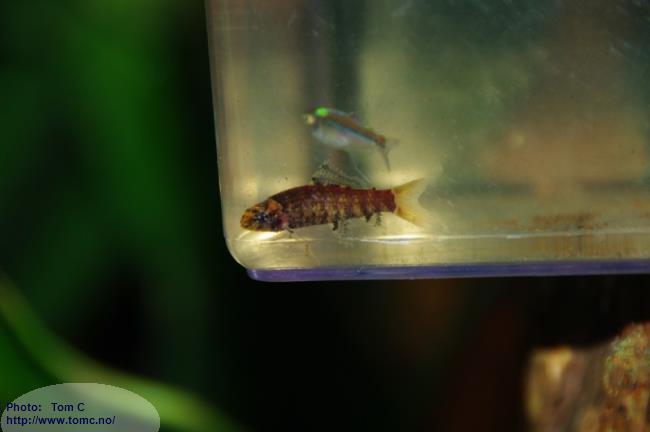
Characidium sp. :
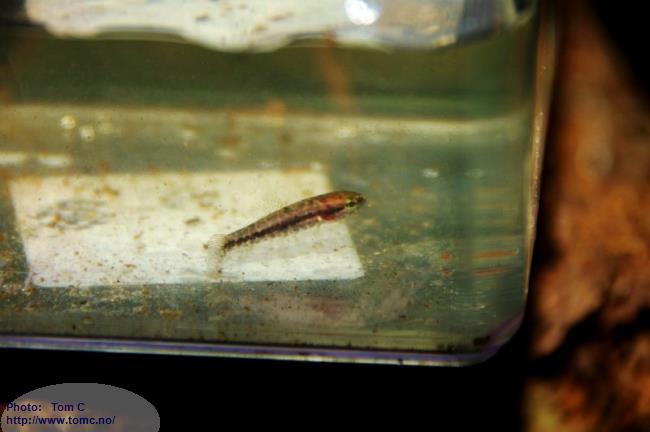
On our way back, we took another path, and entered a totally different kind of jungle:
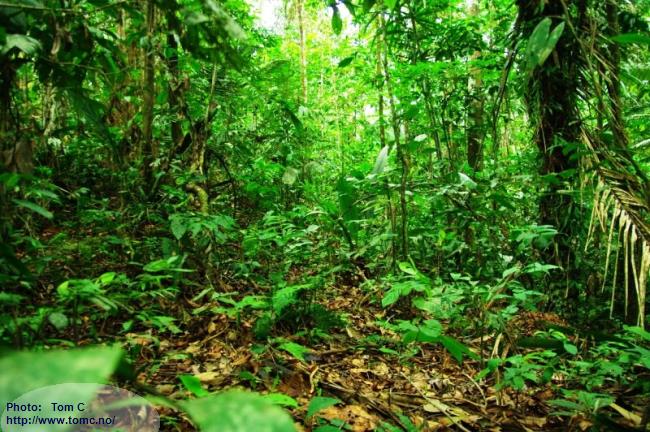
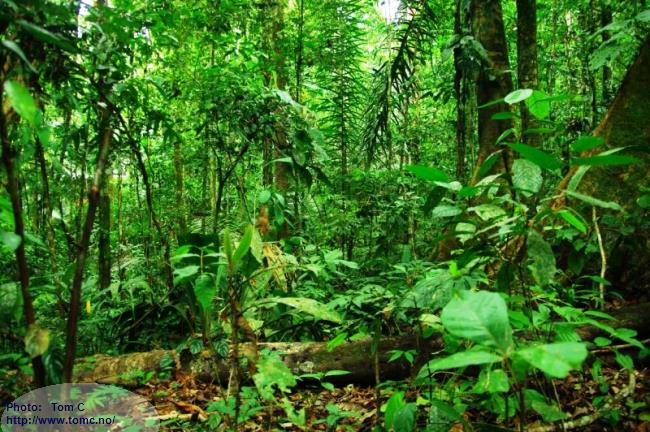
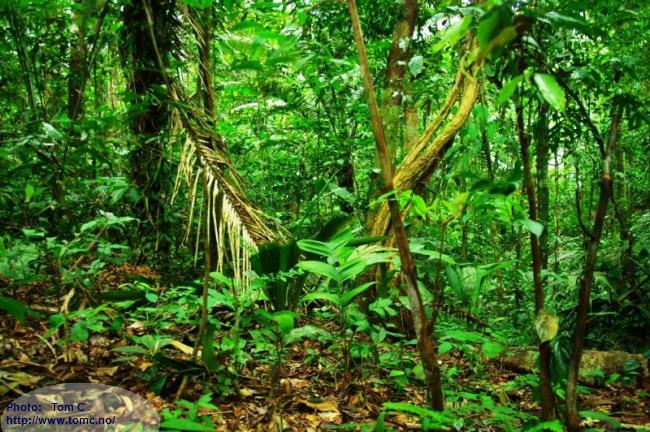
In this very hilly, humid and hot jungle, we need breaks :-)
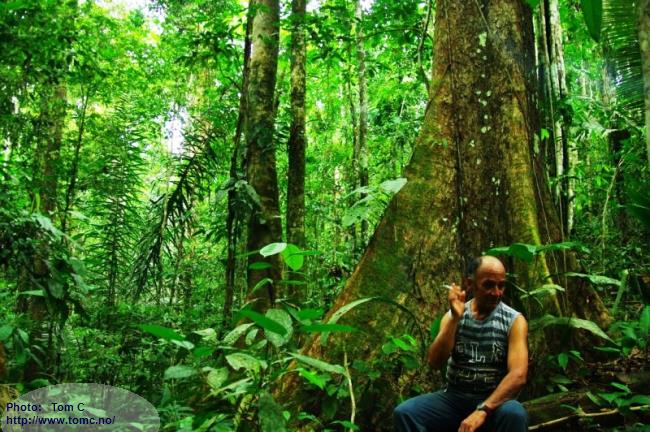
My eyes fell on some colorful flowers:
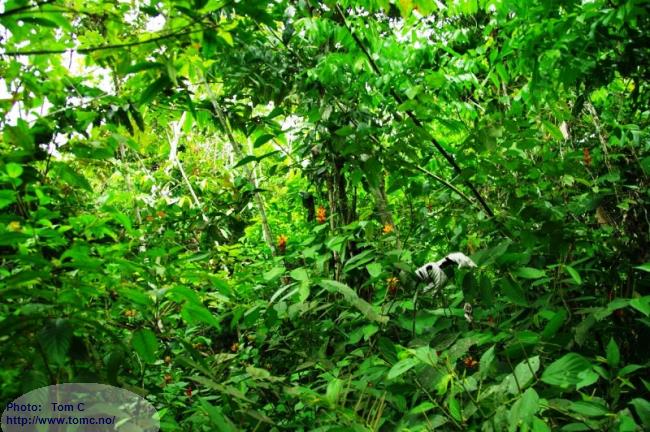
I've never seen anything like this:
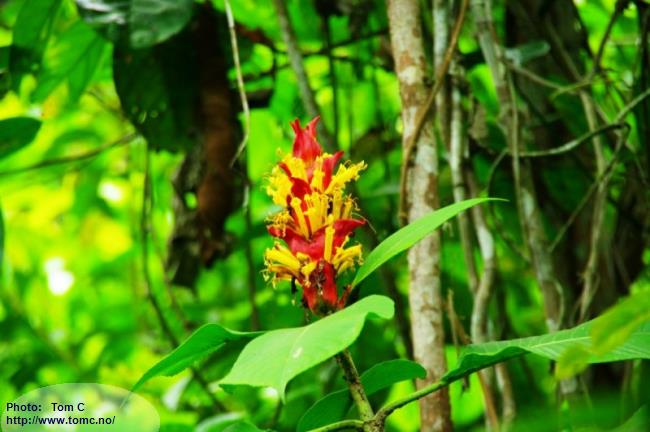
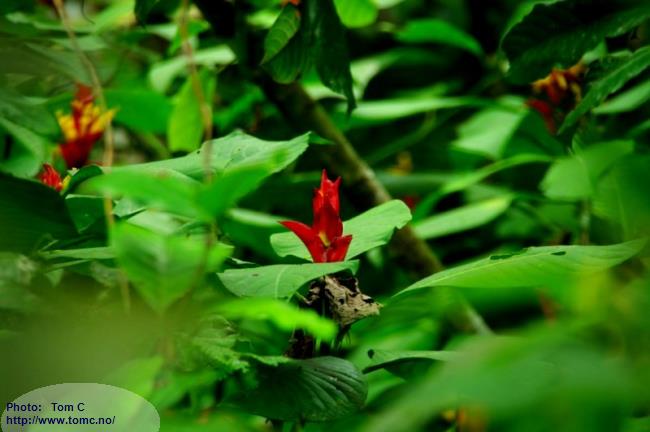
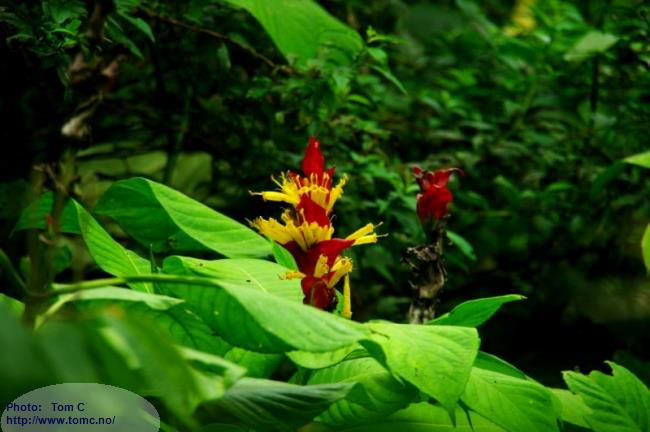
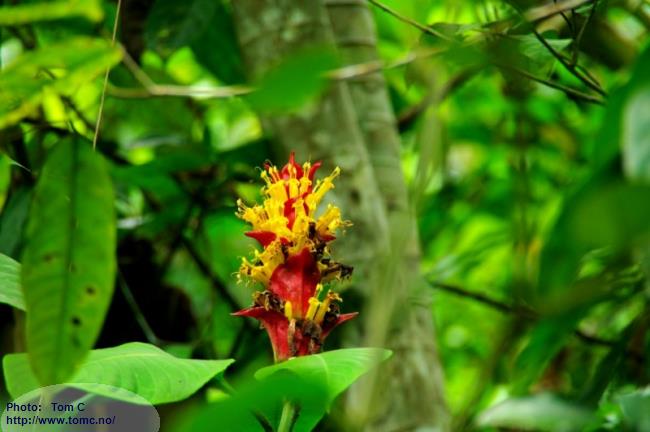
Several of the flowers got a beautiful visitor:
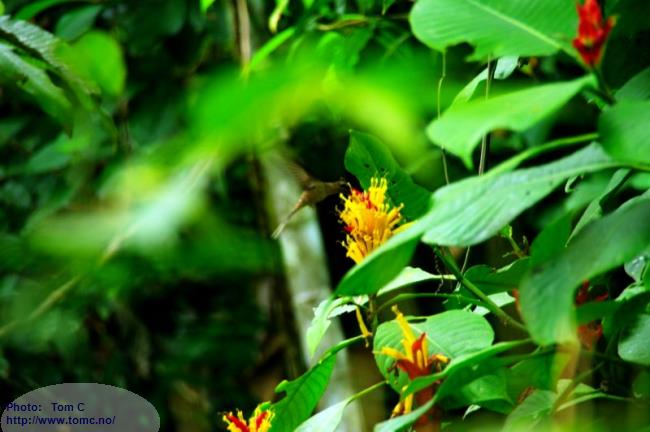
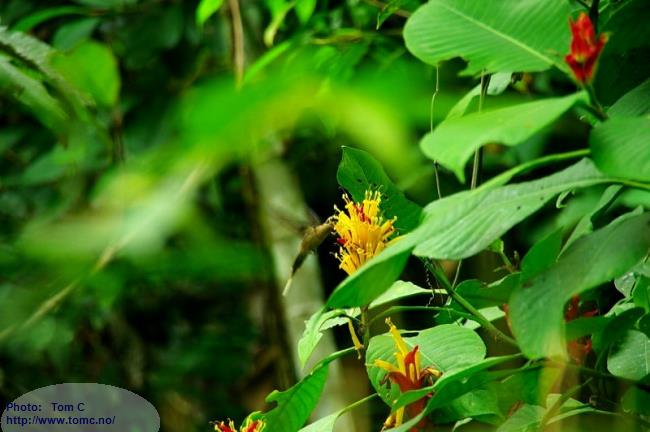
A food seeking hummingbird:
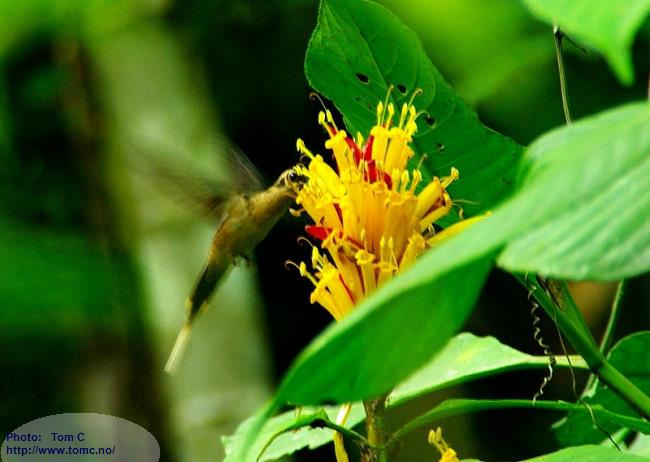
All the quebradas (jungle streams) were almost or completely dried out,
so despite of the rumours of a "new" Apistogramma species in the area, all we found
on this long walk, in 2 cm deep water among leaf litter, was this one:
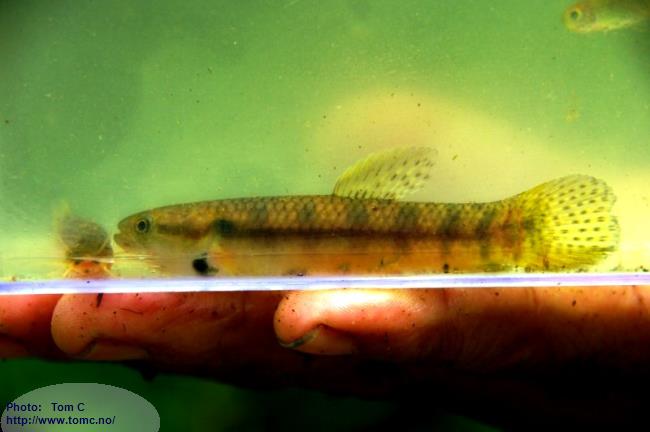
and this:
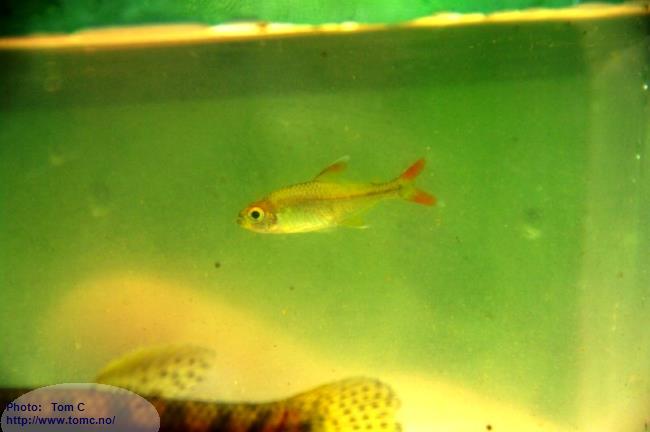
Collecting in the Río Galvez
The next day, we hired a small boat with a driver, and headed up the Río Yavari:
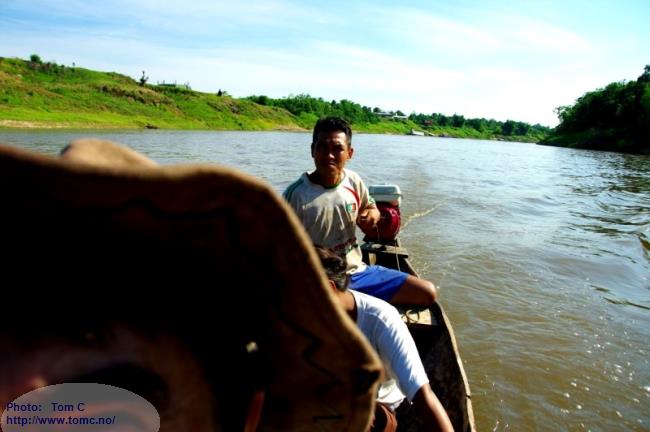
The sun was very strong, even the local people needed protection from it:
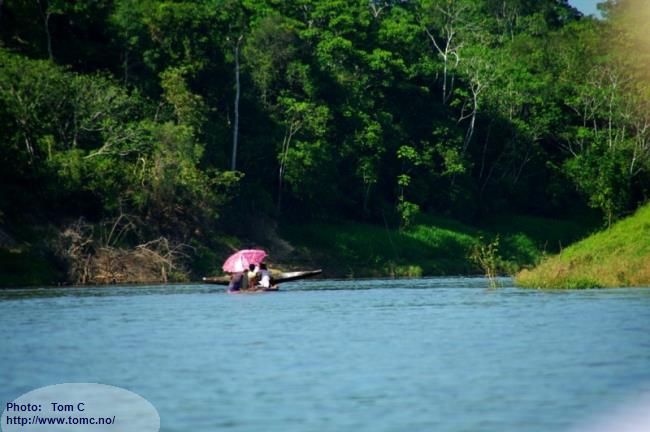
Very low water :
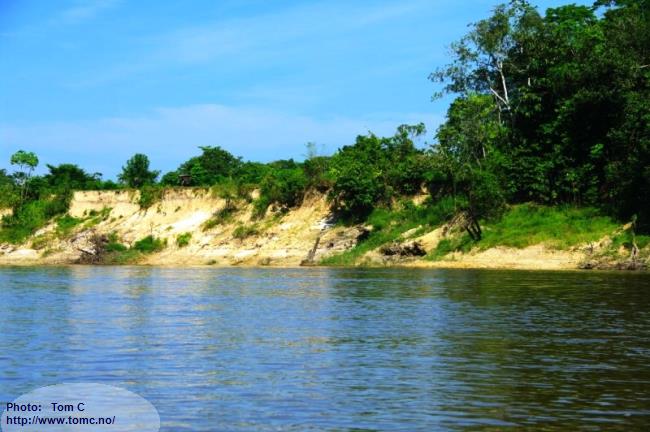
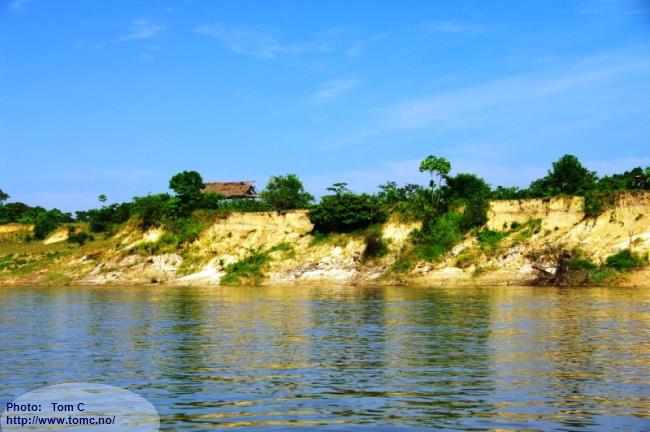
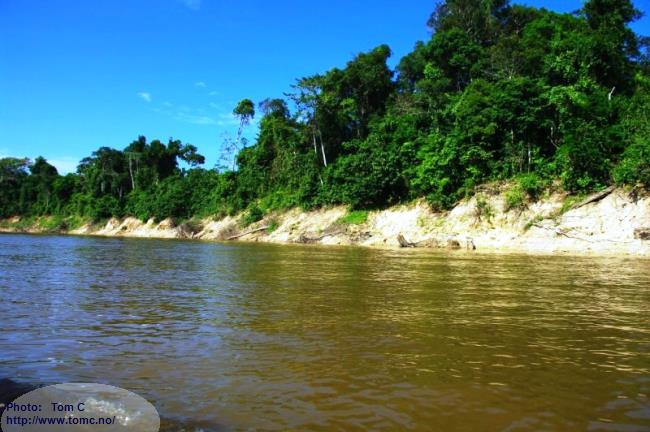
This is where the Río Galvez and the Río Yaquerana meet, and together form the Río Yavari :
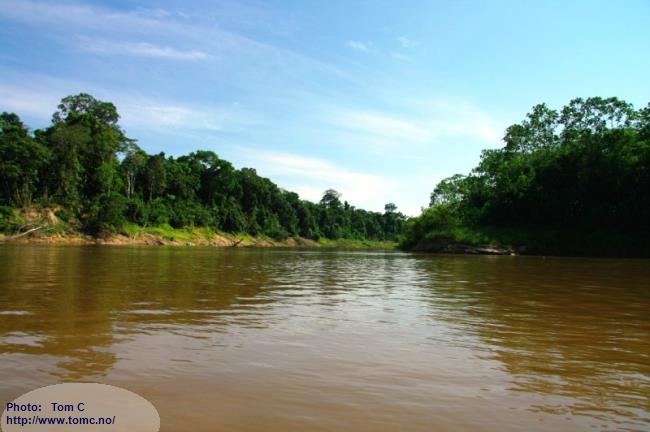
Nice, white sand:
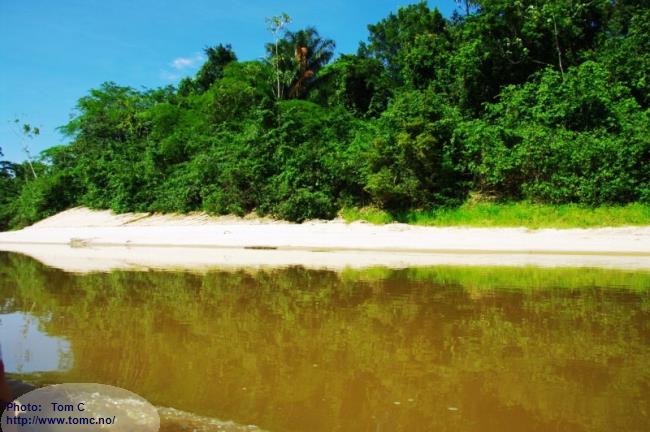
and birds of pray:
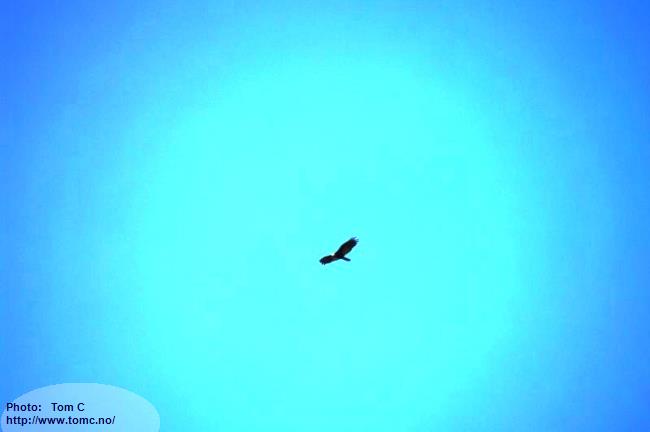
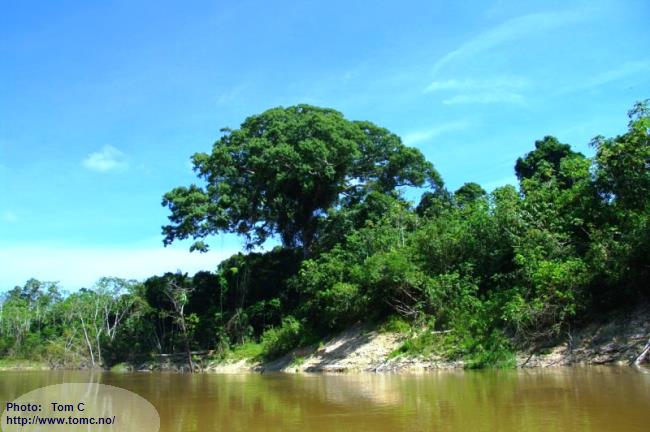
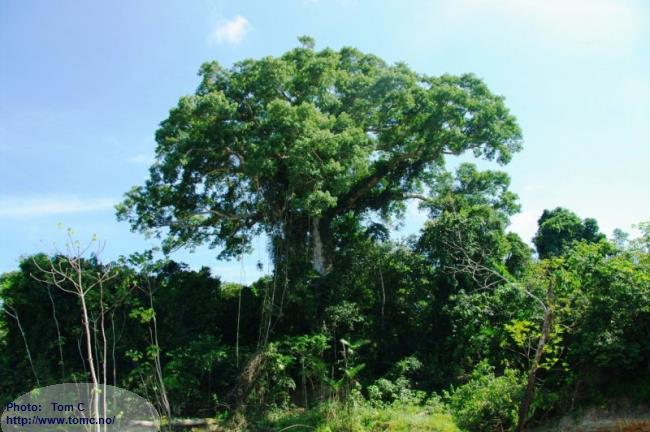
We stopped at a small village:
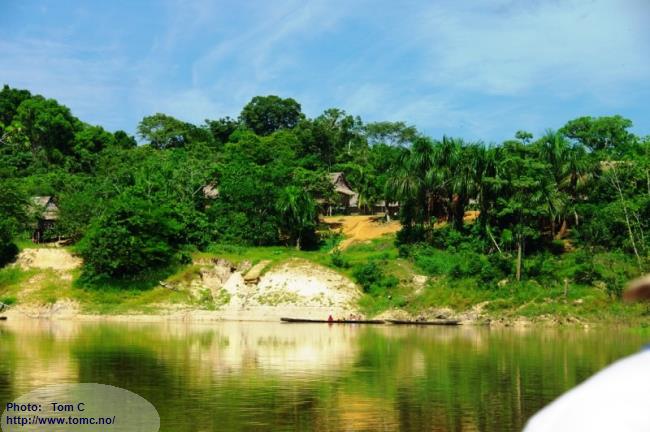
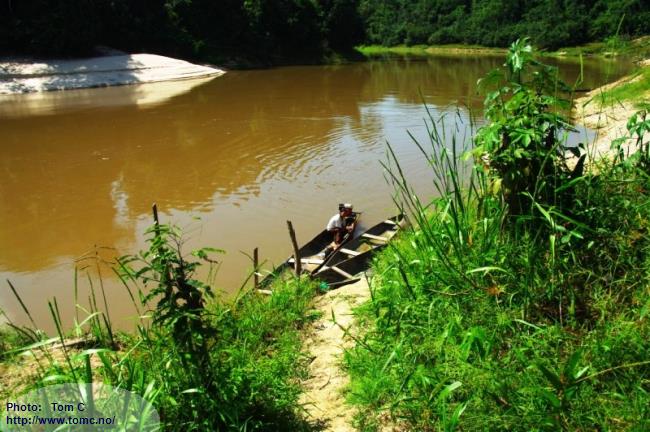
Our driver :

Out in the jungle for some hours:
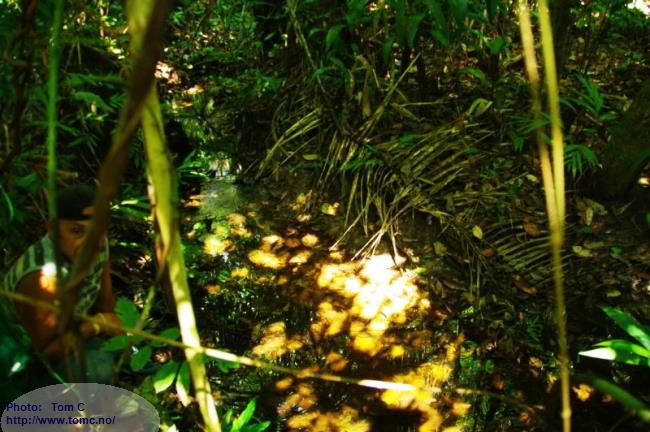
We found small sections of the streams with some residual pools:
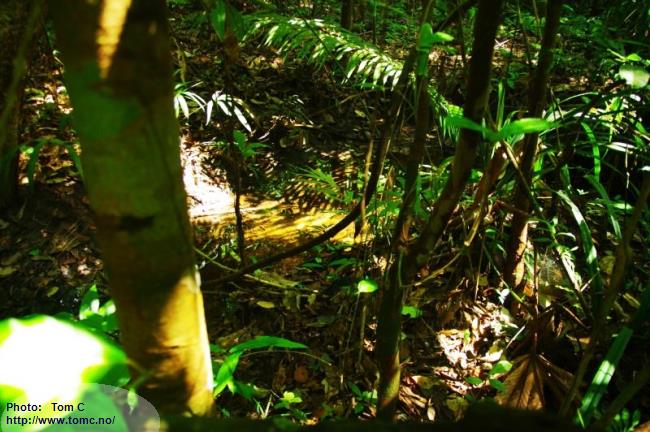
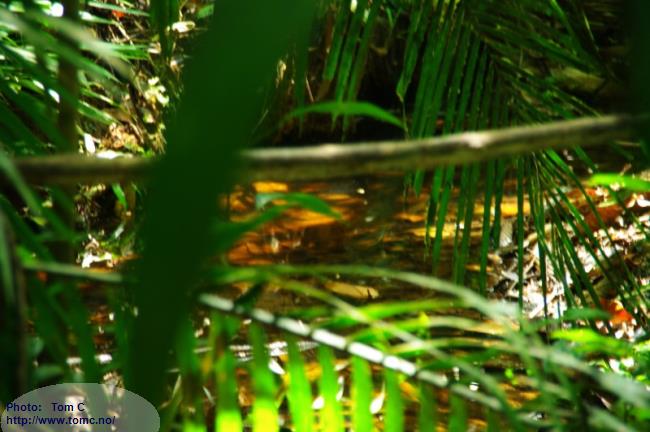
The water:
pH: 5.24 Conductivity: 25 microSiemens/cm Temp: 27.4 °C
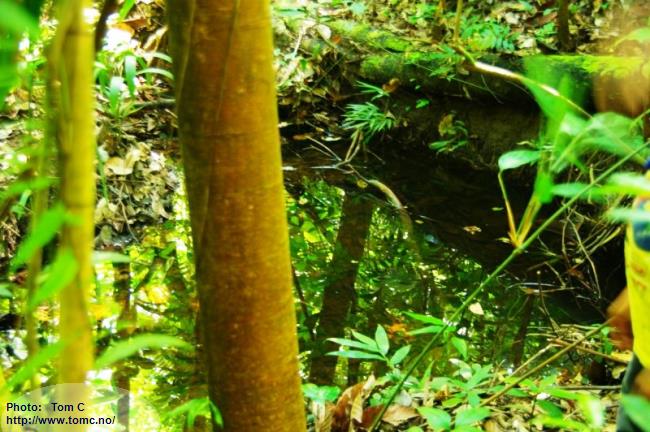
And we found Apistogramma :-))) :
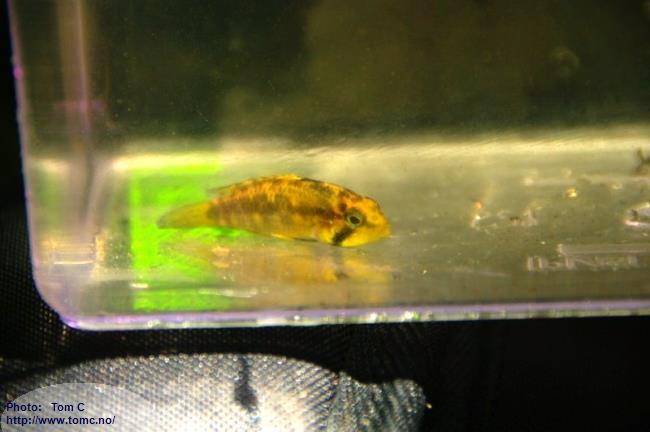
Amazingly, only females:
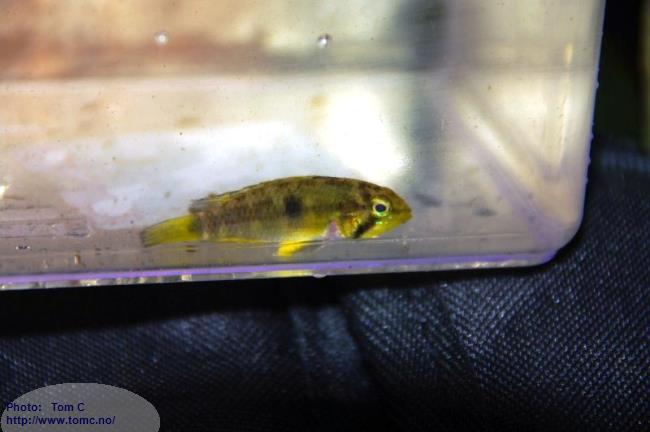
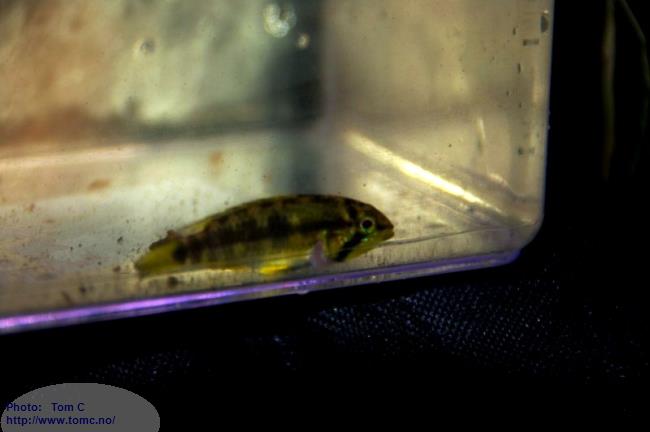
and a strange catfish:
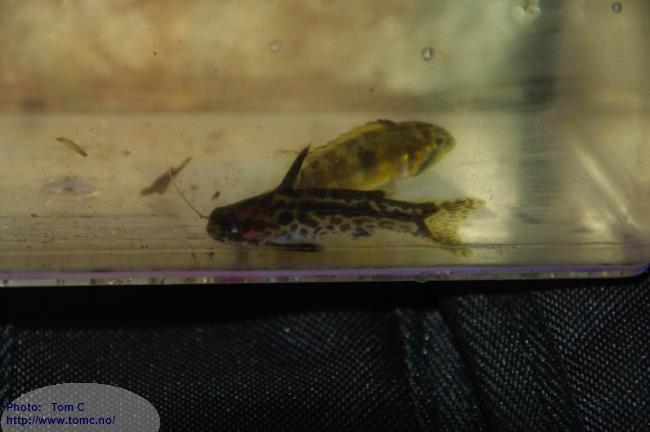
Jaguar cat, Liosomadoras oncinus (?):
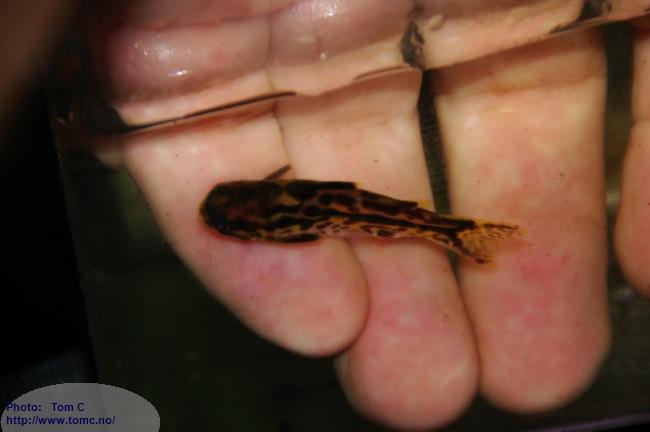
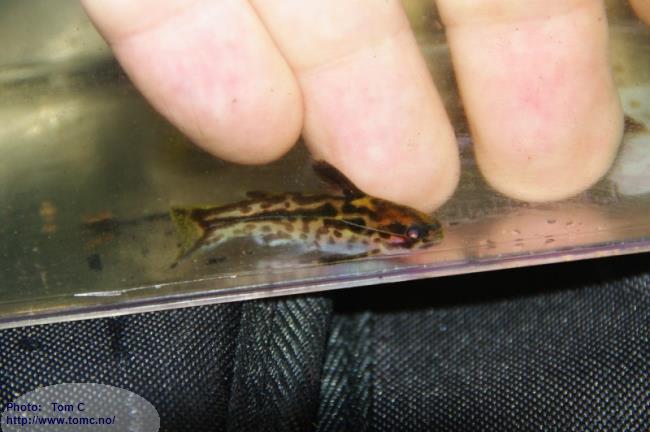
and some other fish:
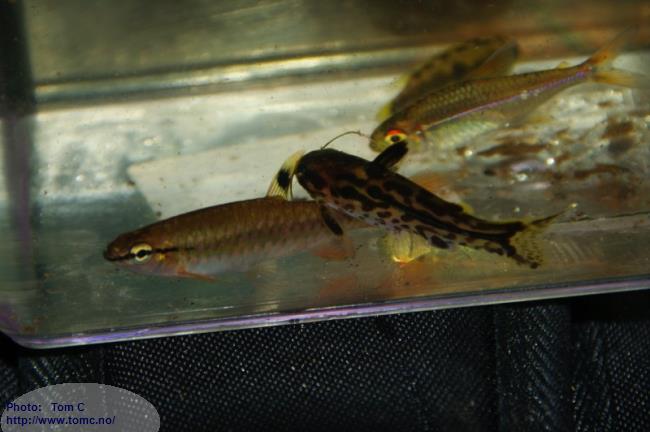

We searched lots of small residual pools:
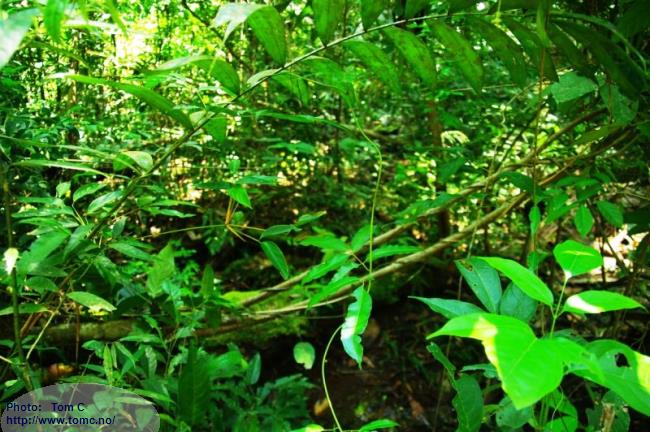
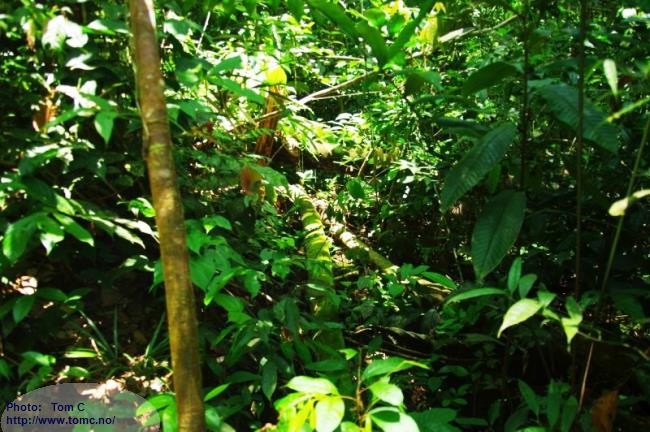
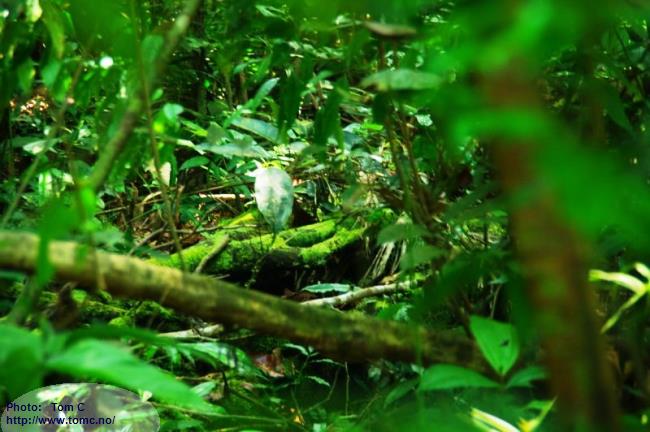
The jungle was quite dense, and we really needed the machetes:
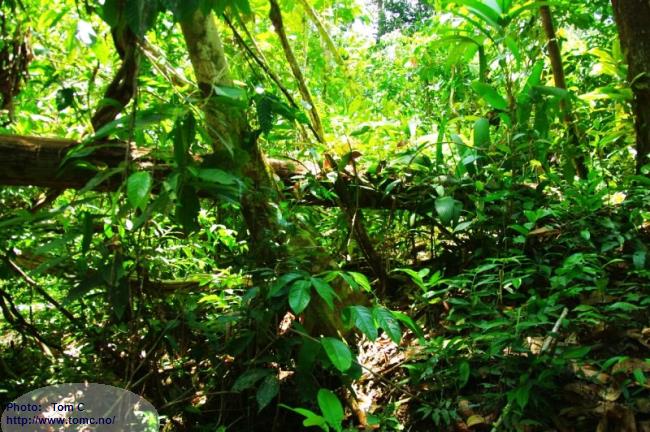
After searching for a couple of hours, we at last found males:
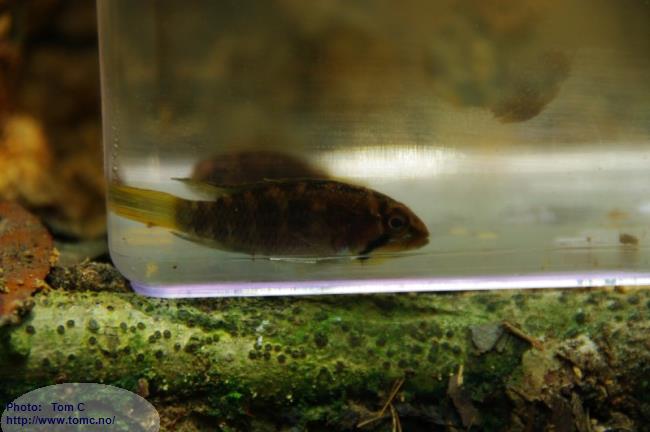
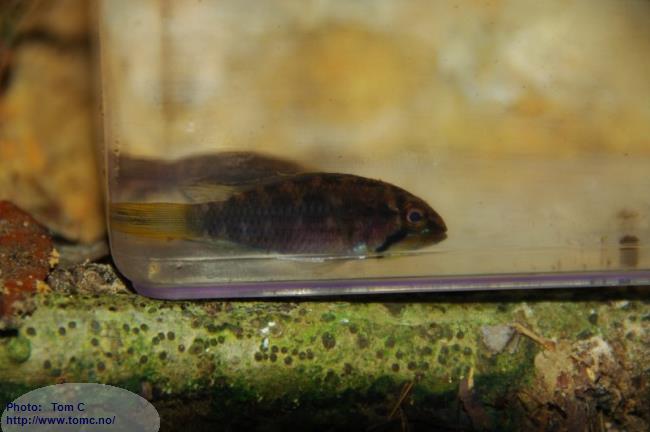
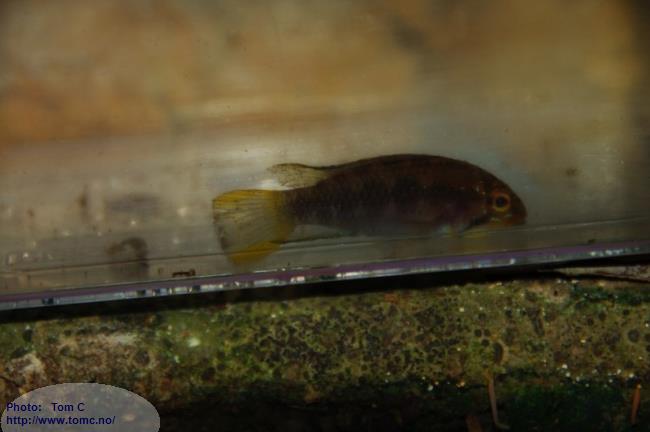
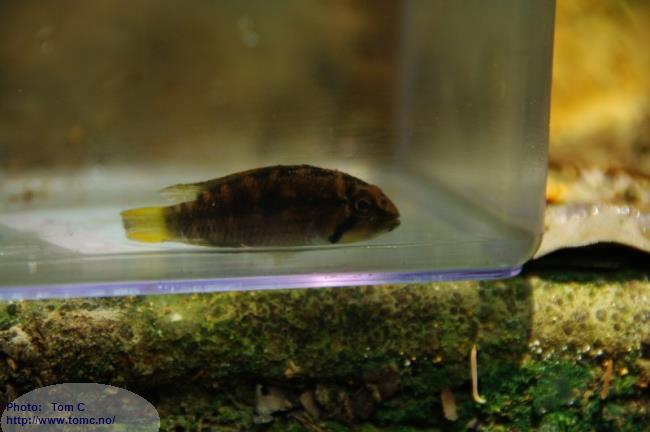
Some wolf-fish were also struggling to stay alive in the hot, muddy and shallow water:
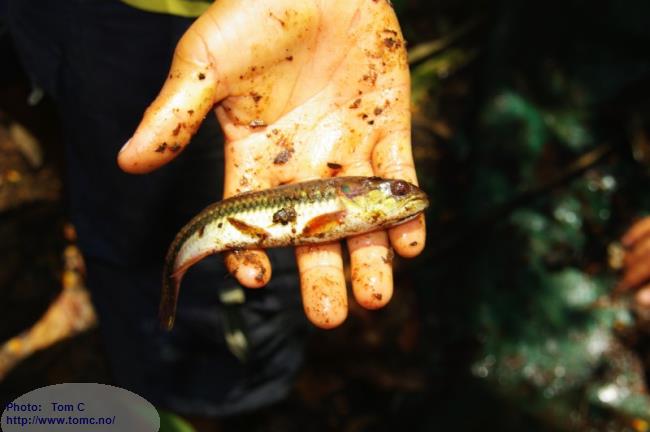
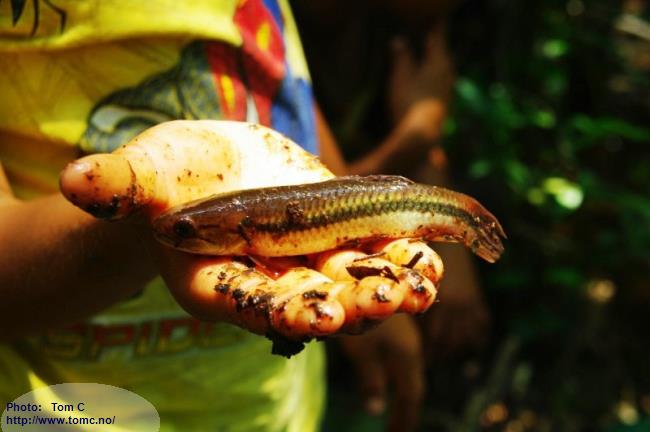
One of the young lads from the village that followed and helped us in the jungle:
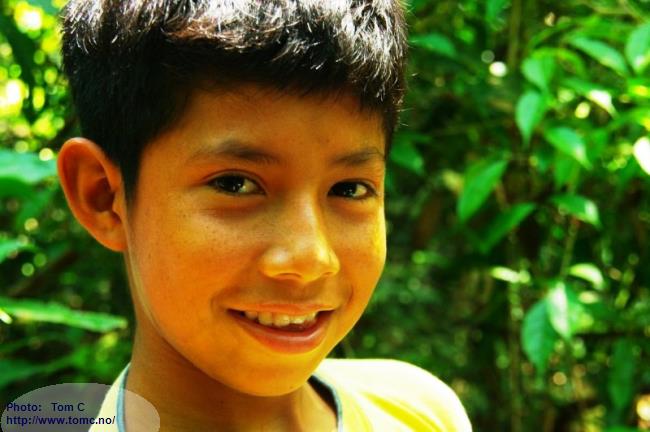
And we found more males:
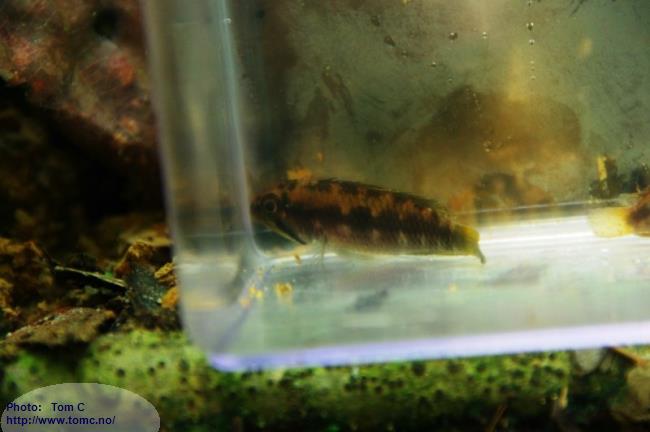
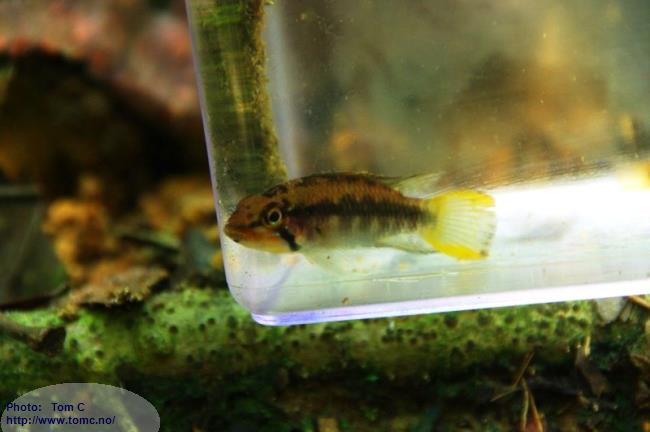
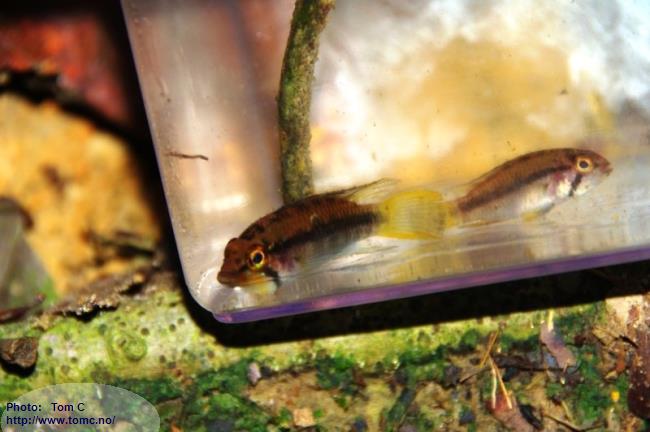
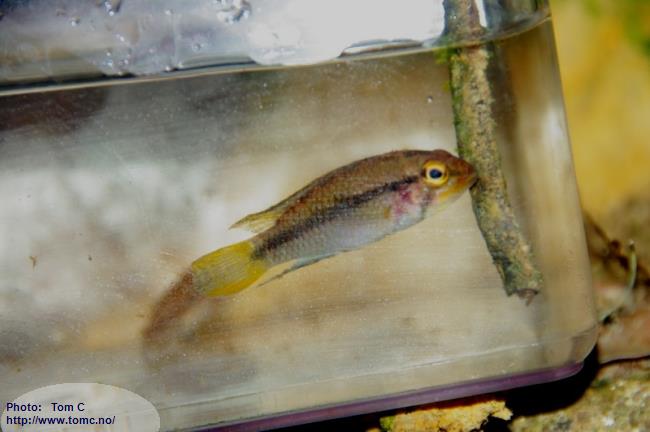
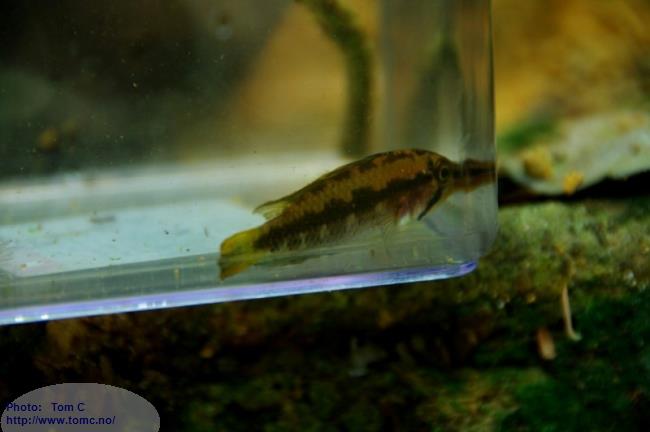

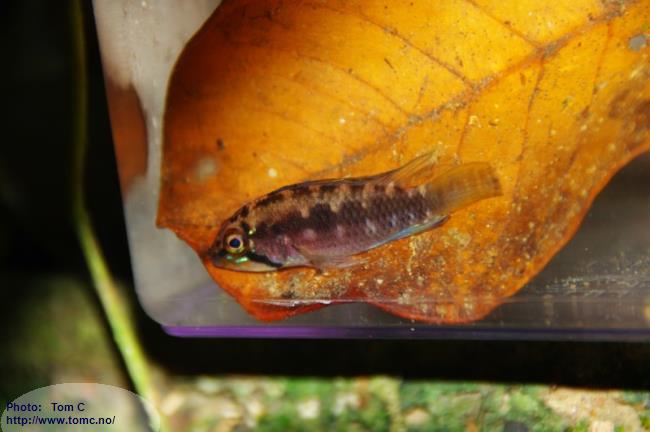
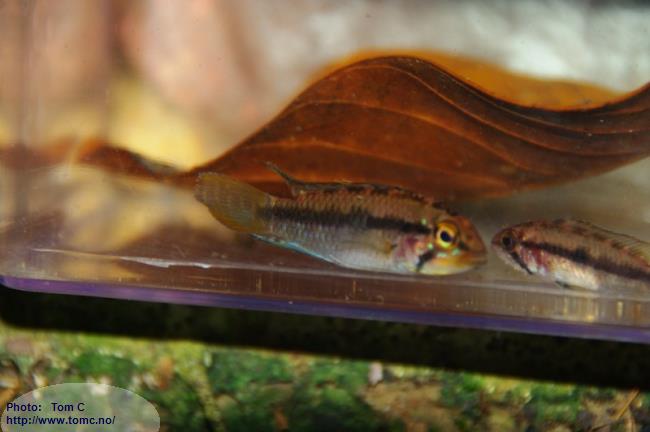
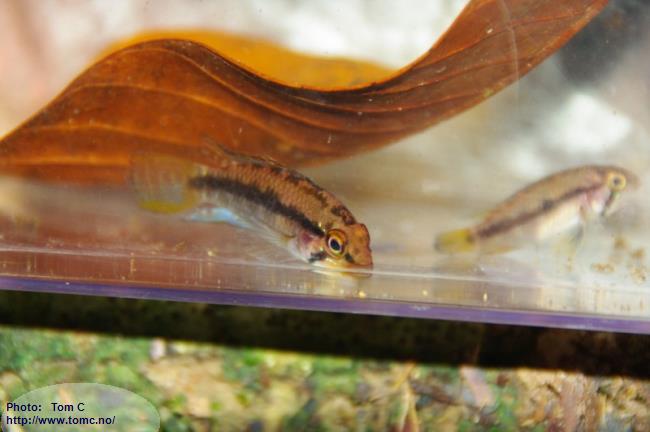
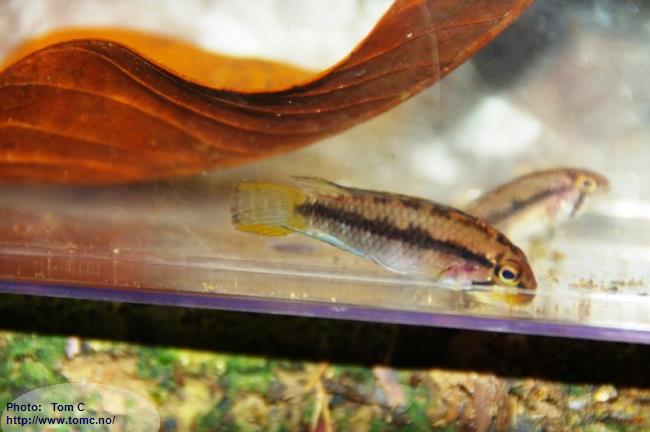
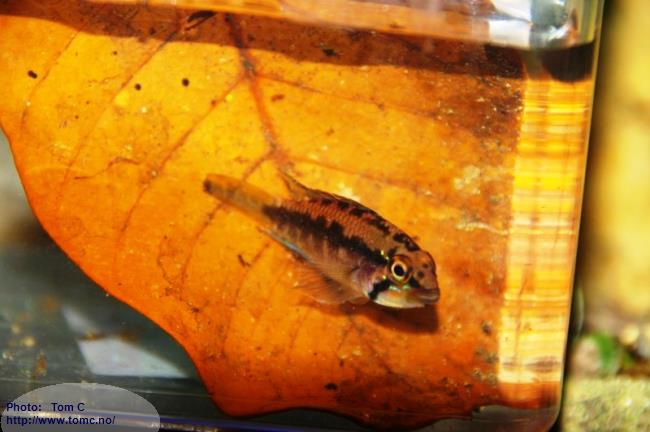
Although no fish were observed with extensions of the upper and lower fin rays in the caudal fin,
the fish seem to be
Apistogramma (cf.) huascar.
This form is also known under the name Apistogramma sp. "Batan".
Of course, the fauna consisted of more than fish:
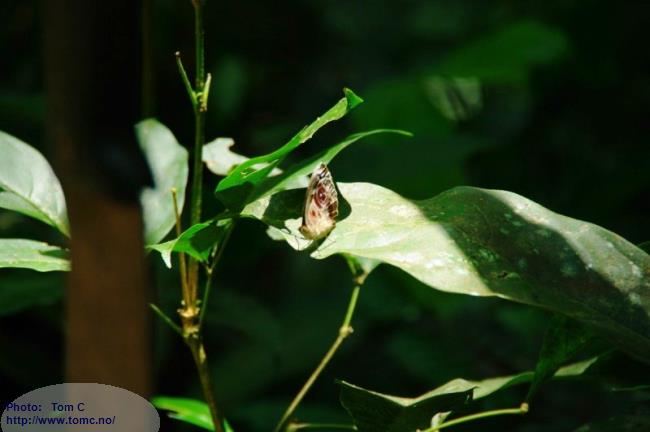
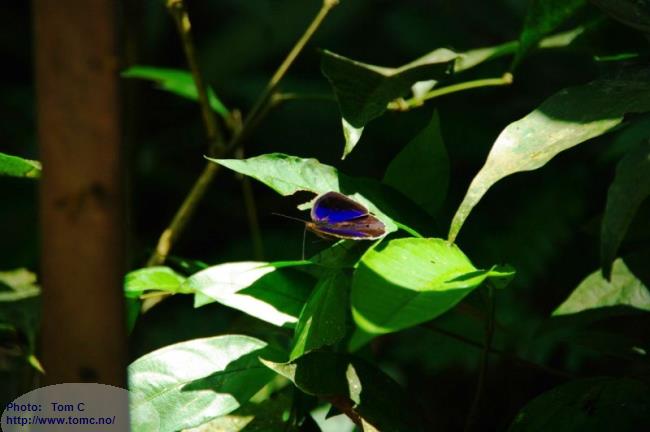
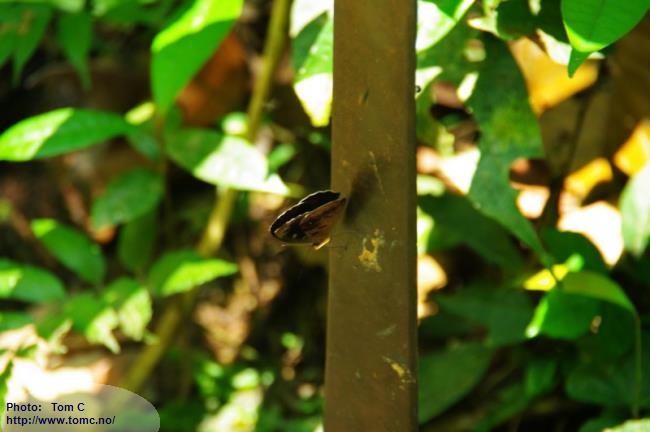
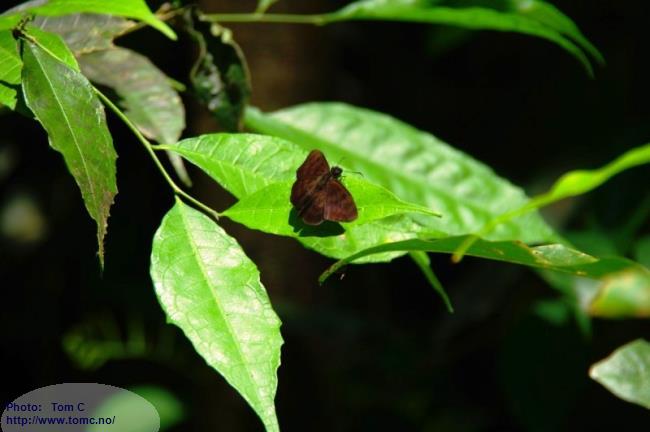
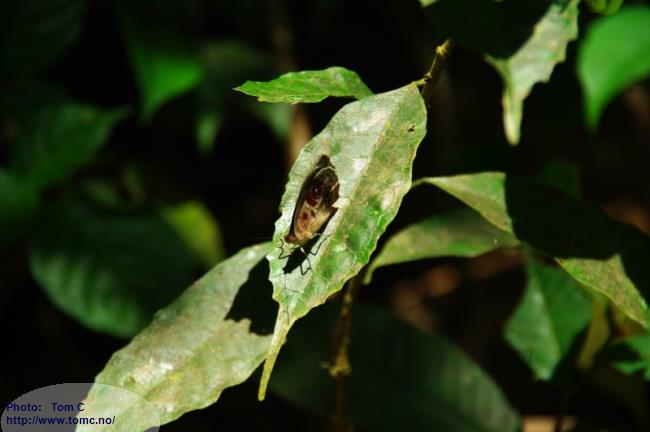
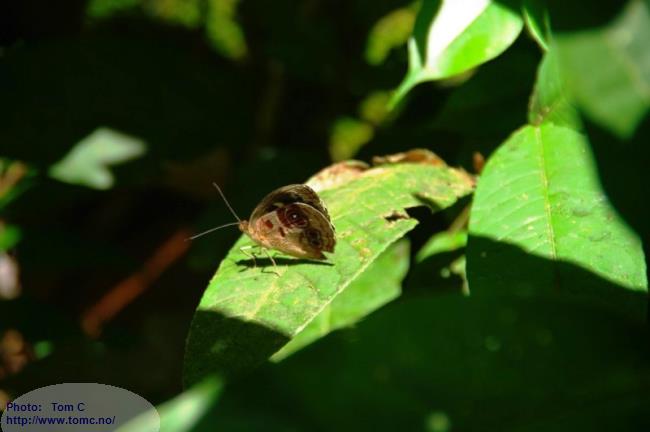
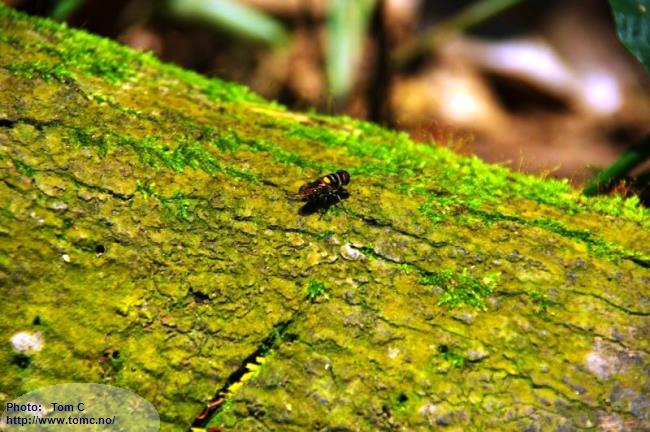
These are all over you once you sit down:
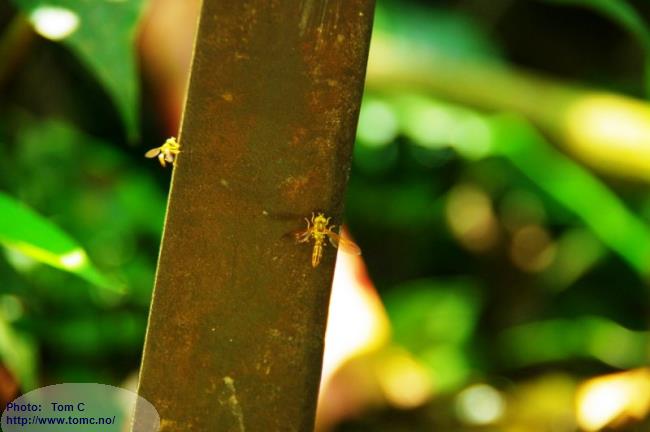
Parts of this jungle was very hard to enter:
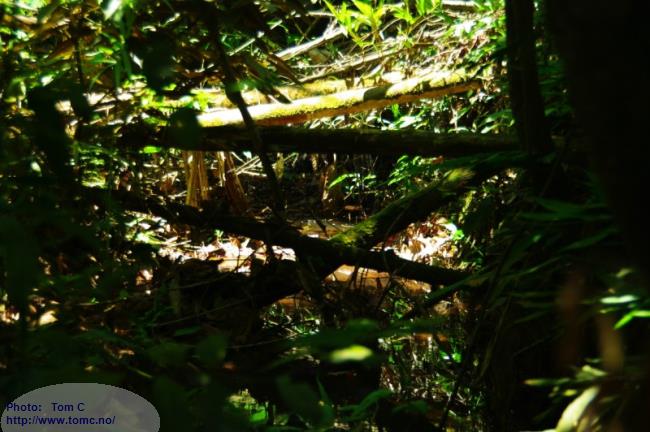
But beauties were everywhere:
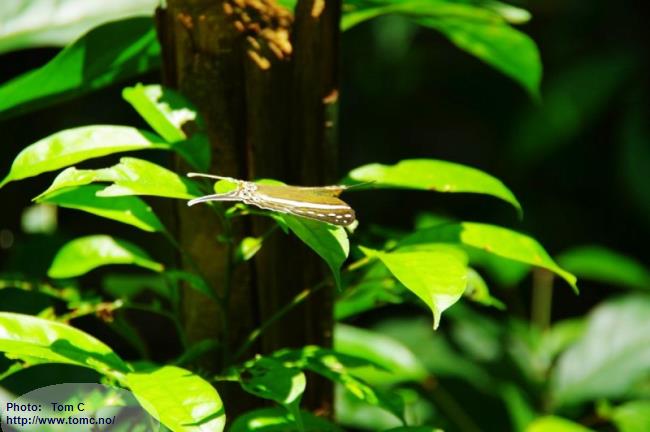
Marpesia crethon (?)
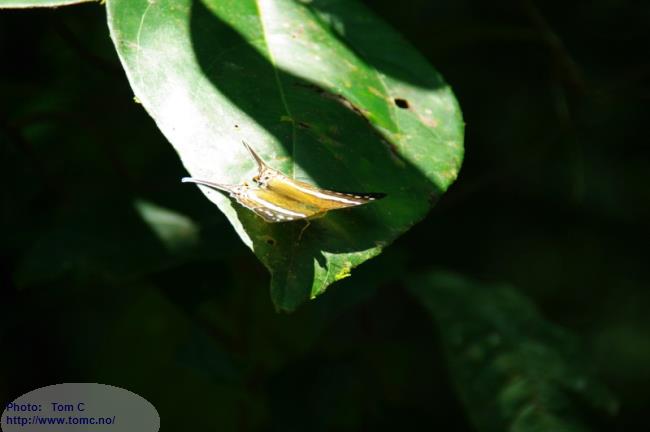
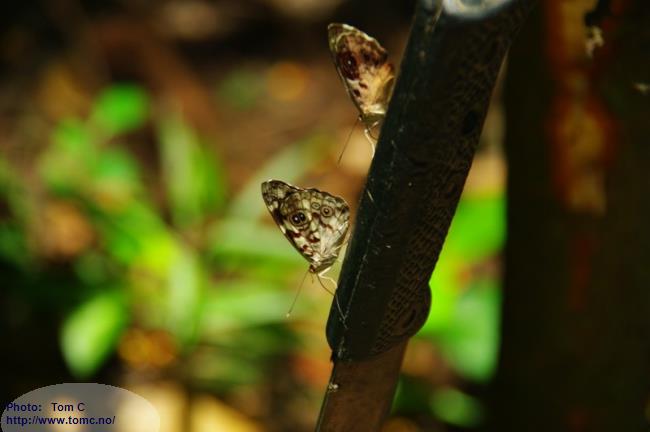
Dryas iulia (?)
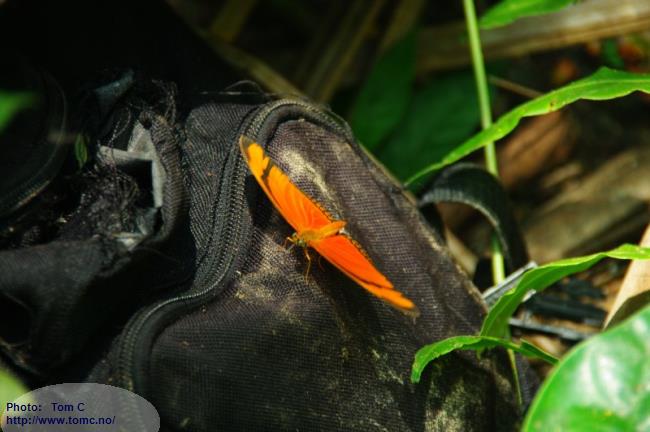
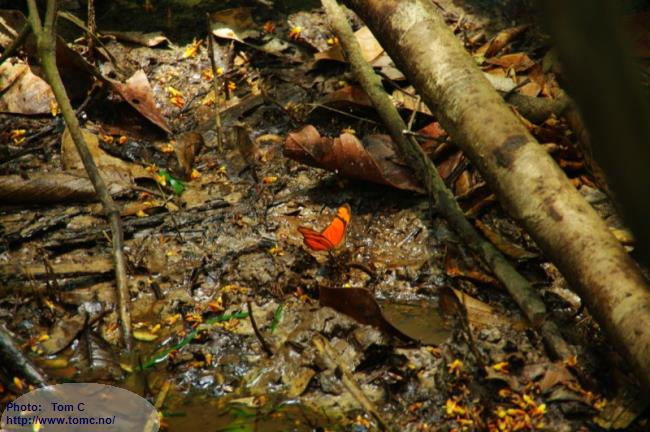
Back in the village:
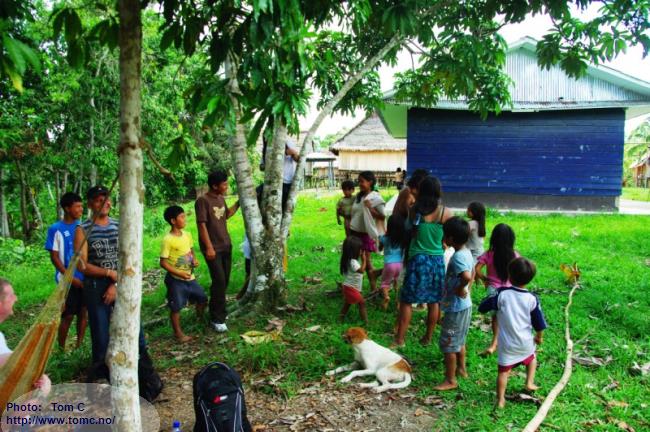
We could have a better look at some of the fish:
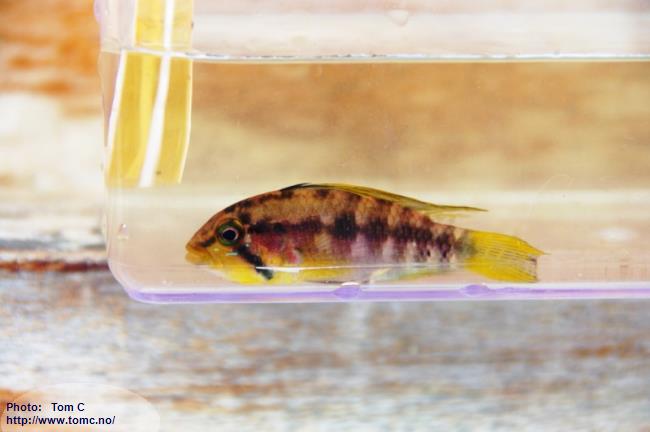
Some of them actually have extensions in the caudal fin!
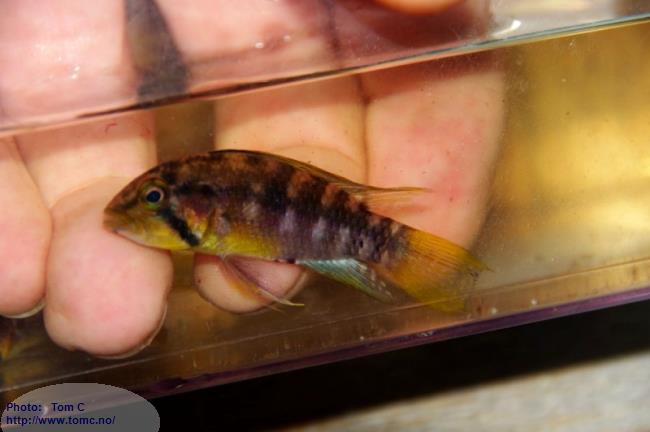
and extensions of the first fin rays in the dorsal fin:
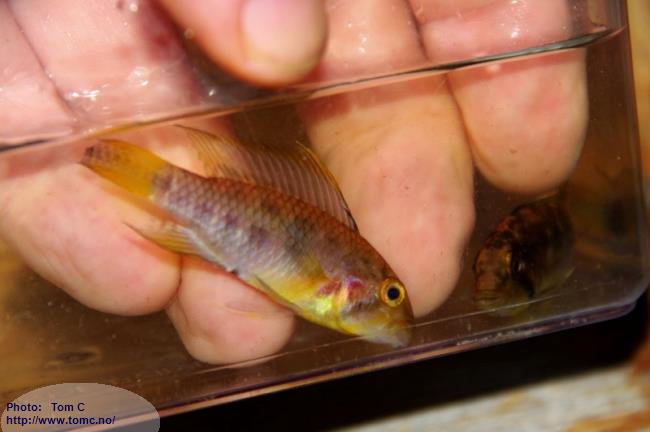
Soon we were back in Angamos, as the sun was about to set:
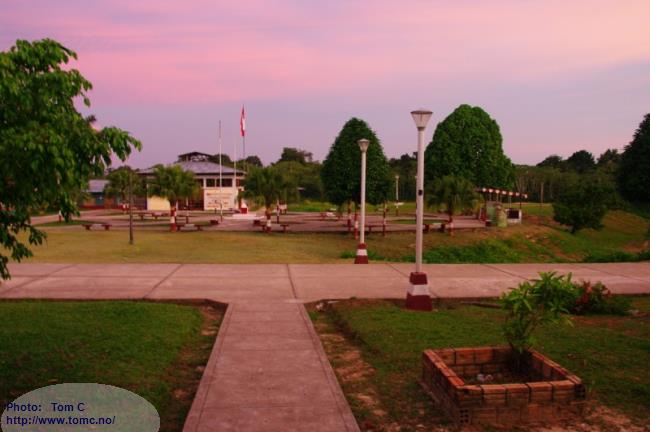
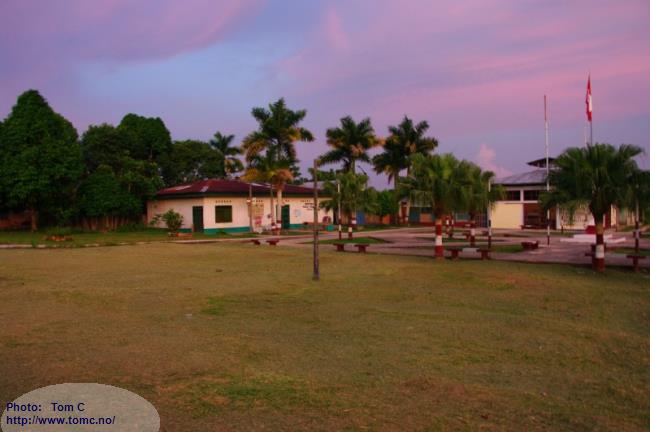
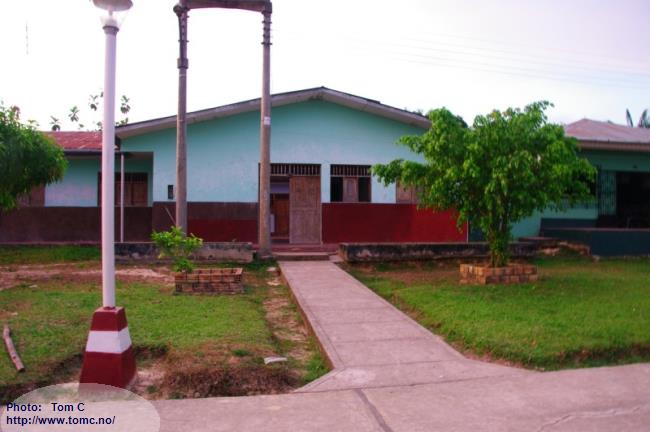
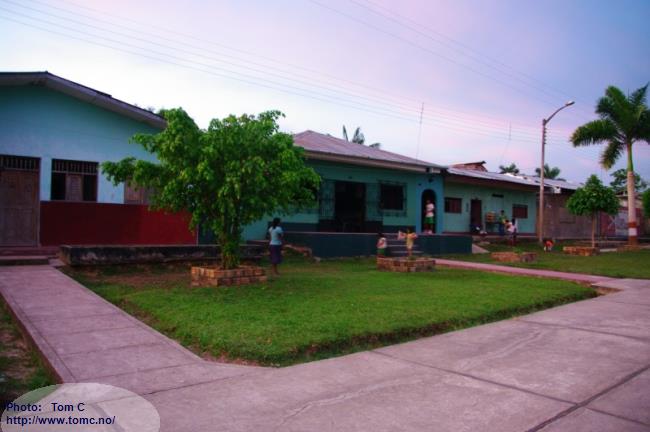
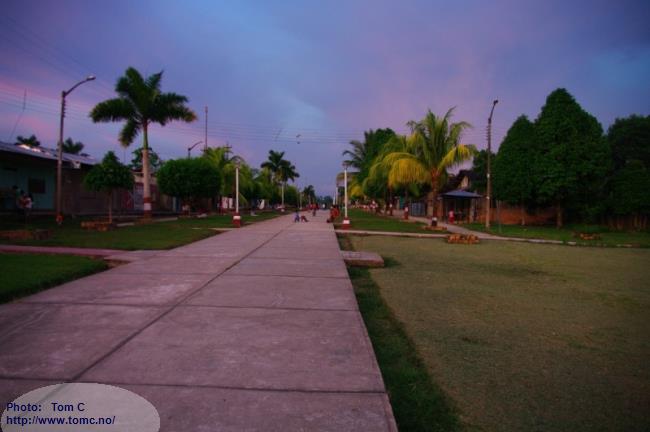
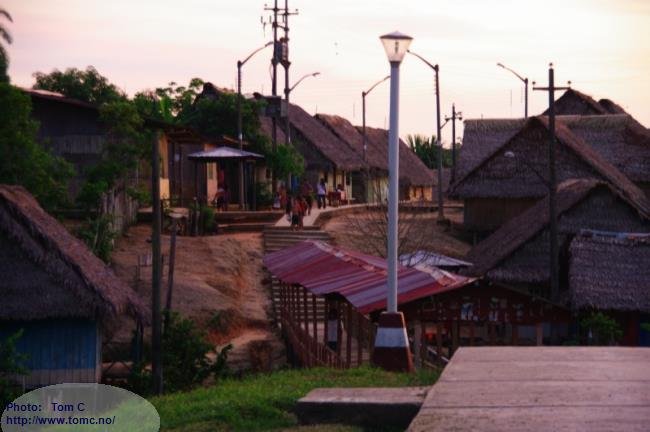
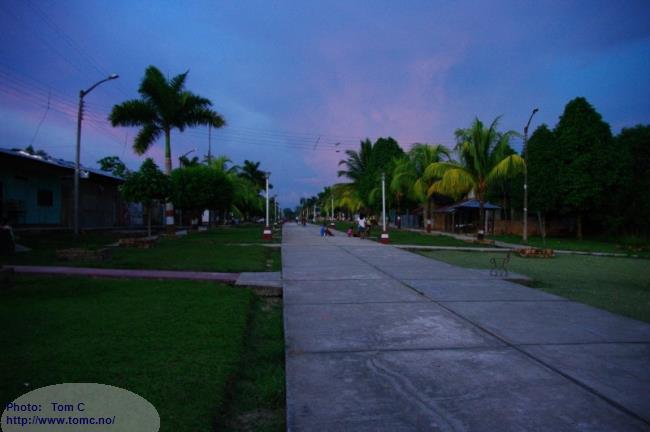
We had dinner at this "restaurant":
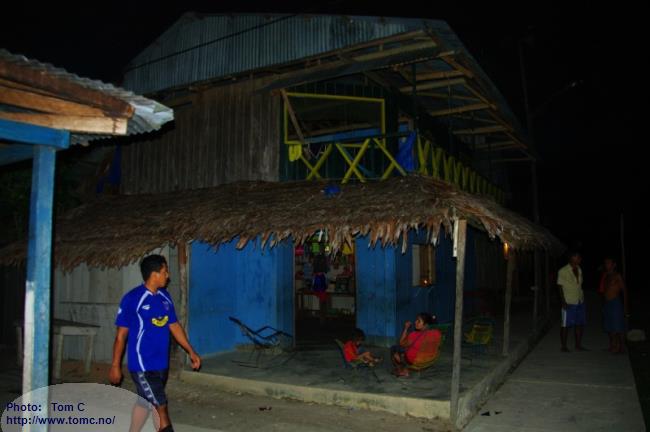
This little lad seems to be having a good time:
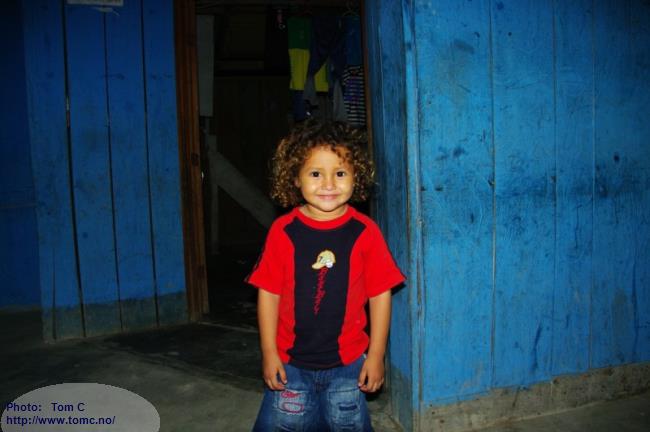
His father was a Brazilian who had crossed the river, that's where the curls originated:
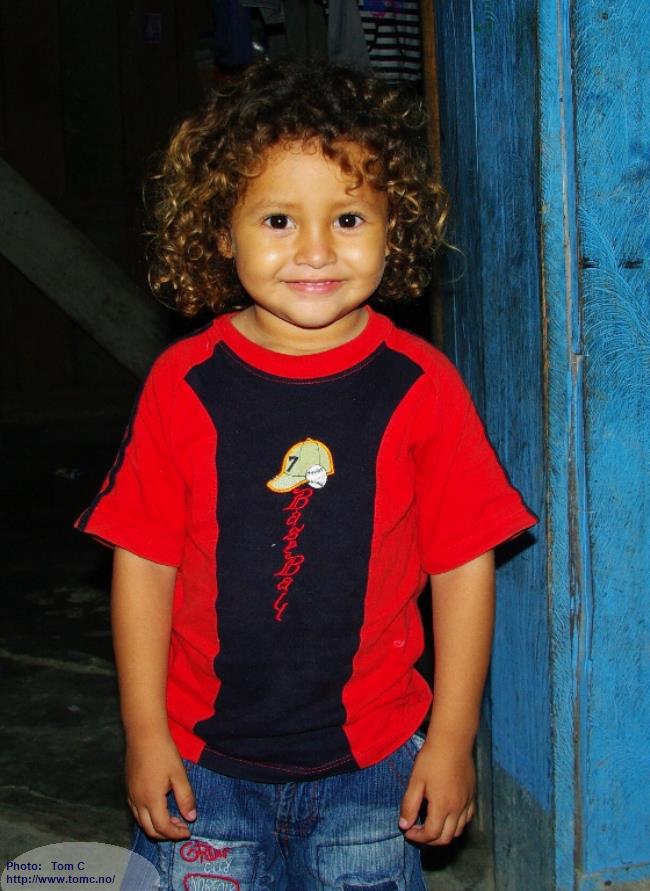
Chicken soup:
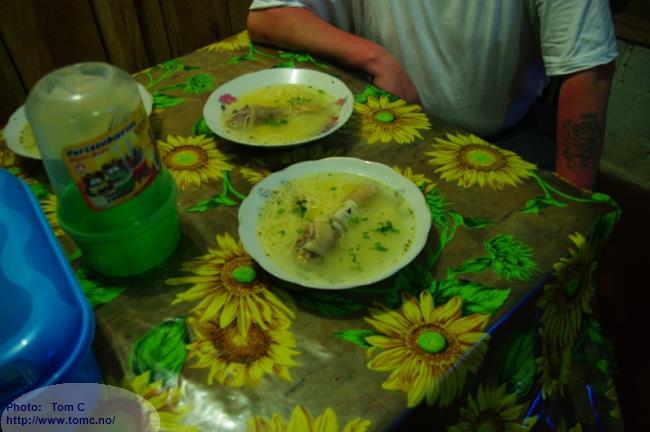
Does he look forward to eating this ?
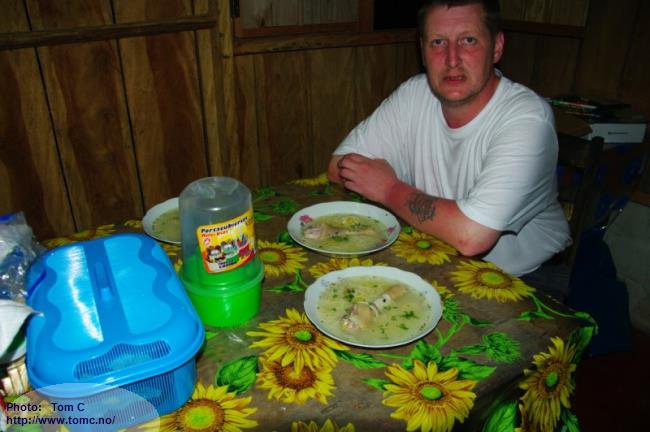
This animal was caught the same day, and kept as a pet:
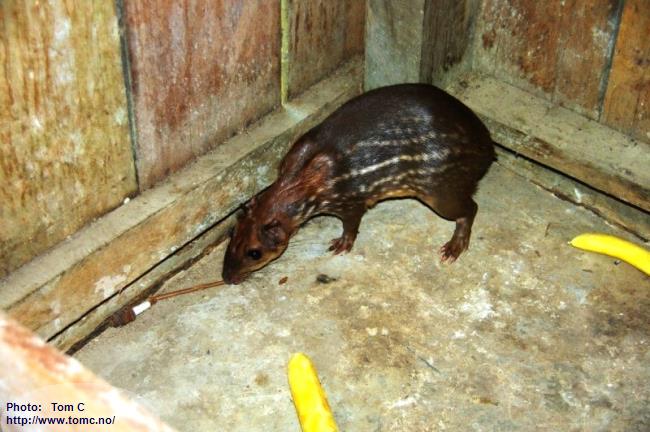
Going back
The next day we went to the check-in desk at the "airport":
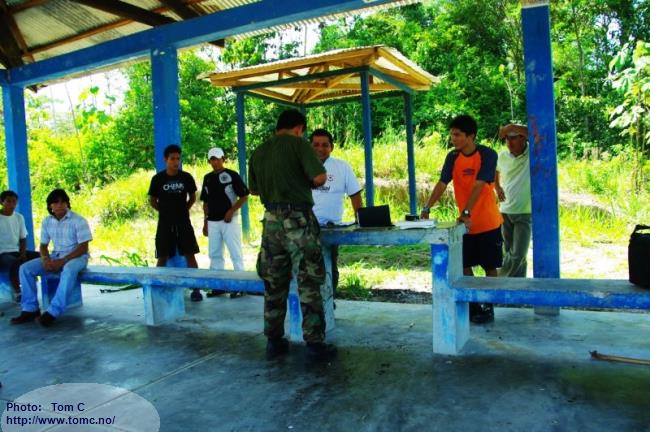
The luggage service was excellent:
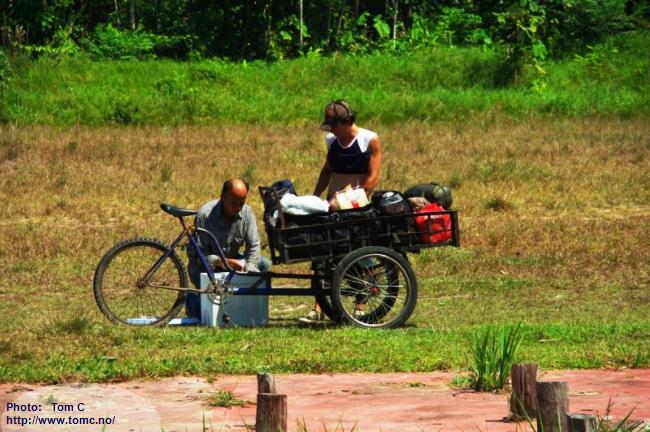
Check-in and waiting area:
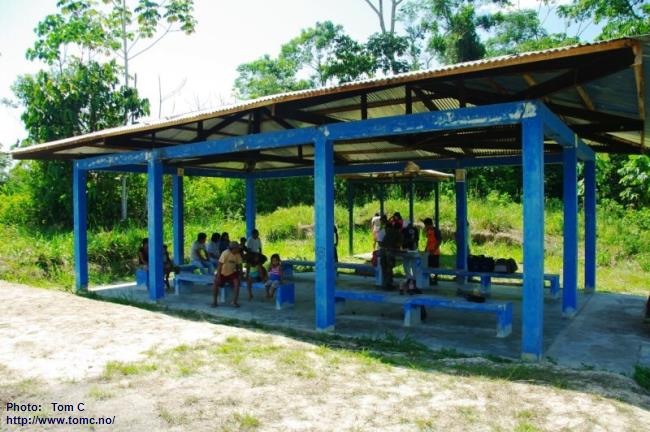
and after a while, the plane that brought us there, soon brought us back to Iquitos,
for new expeditions....
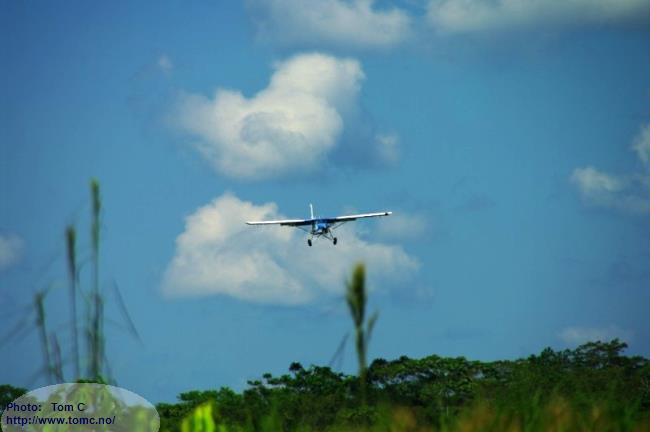
P.S.
Back home, one of the A. agassizii from Angamos
displayed like this, in one of my tanks. Nice fish!
|
|